
Rivers and Rails of Africa
March 31 - April 12, 2023
Mike and Judy Henderson
I'll leave this map up so you can see where we are. We sightsee in Cape Town and then travel to Victoria Falls today.

+++++++++++++++++++++++++++
4/2/2023 (Sunday) Our departure from the hotel is a bit later today - 8:15am. We're going to Robben Island in the morning and, if the weather is good, to Table Mountain after lunch. The visit to Robben Island will focus on the maximum security prison located on the island that was used to incarcerate political prisoners from 1961 to 1991.
The fourth couple on the tour arrived this morning. I didn't get a picture of them until later, but I'll put it here to introduce them - Thomas and Annette from Salzburg, Austria.
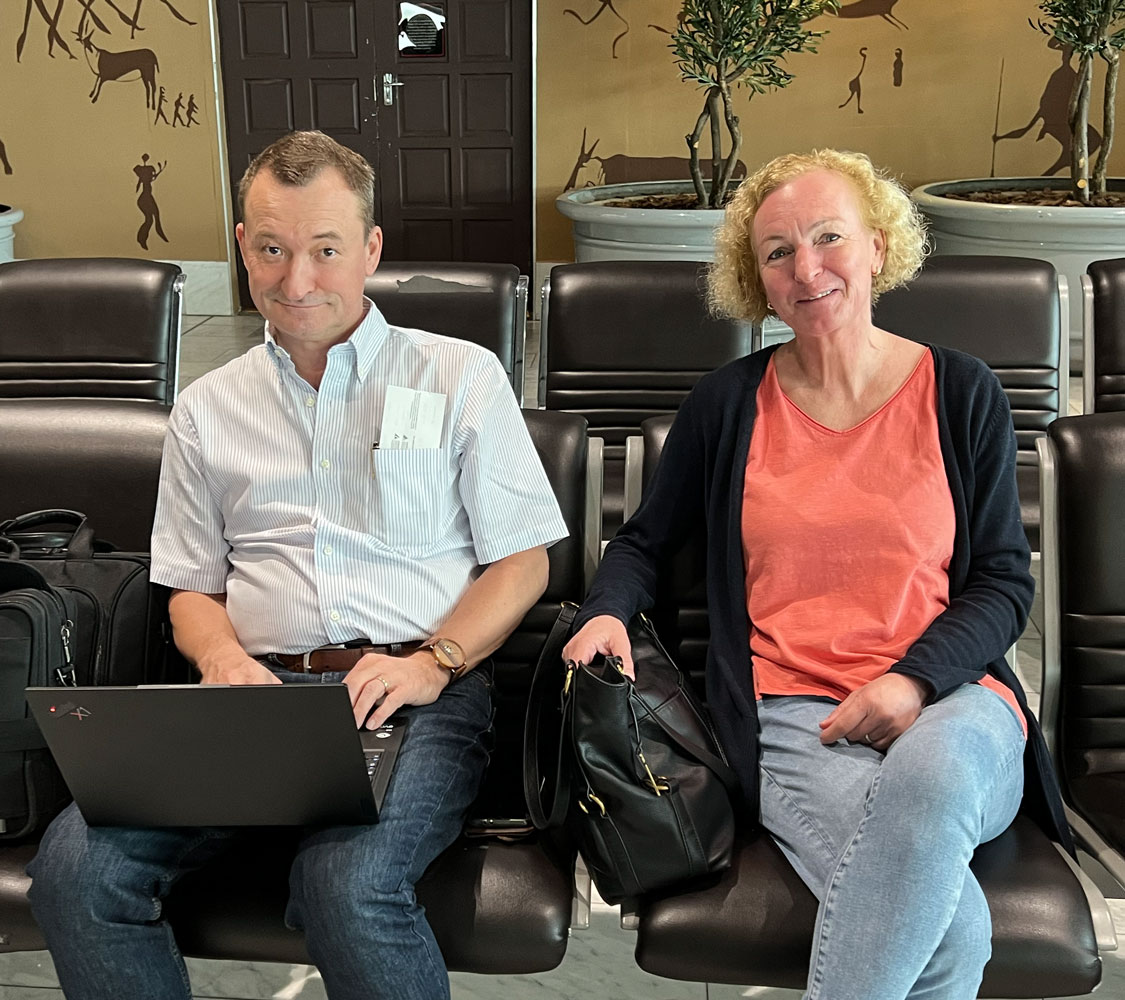
With my bad hearing, I thought Thomas said Australia at first. We joked about the signs you see sometimes in tourist stores in Austria that clarify "No Kangaroos in Austria."
Our van transferred us to the terminal, to board the Robben Island ferry.

Robben Island lies to the north-west of Cape Town, about 7 miles from the ferry terminal.

At the terminal we met our guide, Christo Brand. Christo was a guard at the prison on Robben Island during the sixteen years that Nelson Mandela was there. Most of our visit will concentrate on the prison and what life was like there.
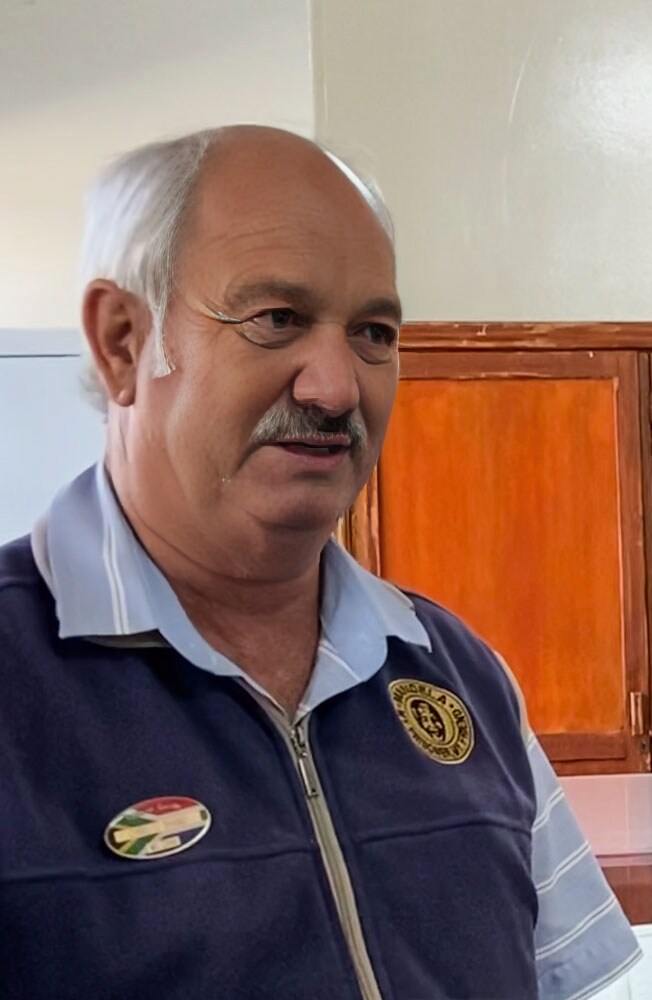
The boat we're taking is a catamaran. The trip took about 20 minutes, and the ride was smooth.

This view shows the interior of the boat. By the time we left, all of the seats were filled, plus additional seats on the upper deck. Robben Island is a popular destination on a Sunday.

The entrance to the prison is at the end of the dock area.
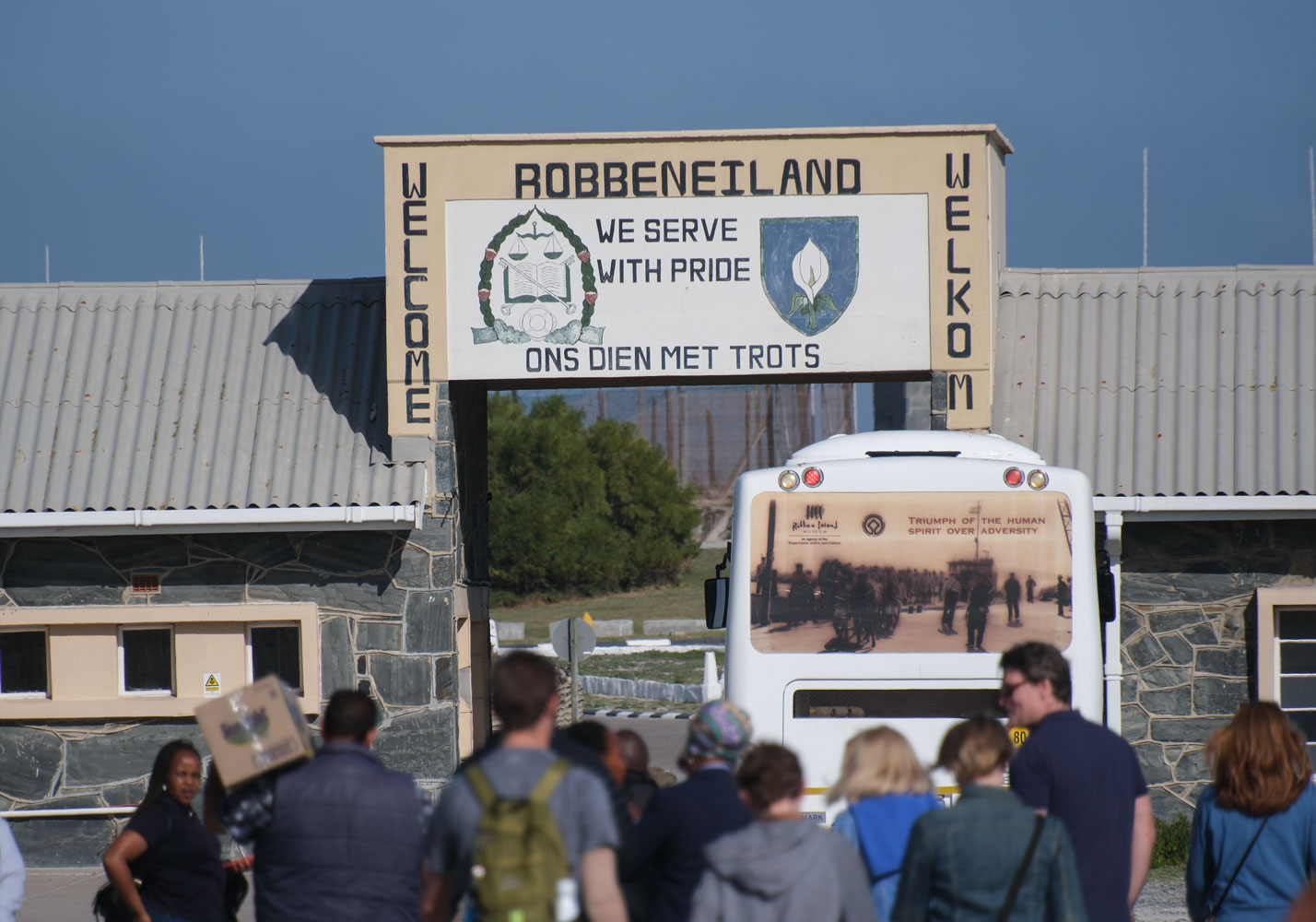
We learned that the prison did not have any white prisoners, the population was all male, and the prison population was physically divided between political prisoners and criminal prisoners. Our tour focused primarily on the political prisoners.
First, some comments before I describe the tour. When viewing the prison, you need to keep in mind that there are two aspects to a prisoner being incarcerated here. The first aspect is the justice of the laws he is accused of violating. In South Africa, the political prisoners were convicted of acts of social protest. It may be that the ruling minority were afraid the social protest would spiral out of control and destroy the state, but it was still unjust. Many of the political prisoners had their lives essentially taken away because of the long terms of their incarceration. For example, Mandela was imprisoned for a total of 27 years (18 years here) - the main part of their lives were gone and they were old men by the time they were released.
The second aspect is the conditions of incarceration, which we will see on this tour. As I toured this facility, I always had in mind the conditions at Auschwitz/Birkenau, Hoa LÚ Prison (Hanoi Hilton), and Sultanahmet Jail (Turkey, described in "Midnight Express").
This quote was on the wall of the ferry terminal in Cape Town, and applies to this second aspect.

We were met at the prison by Mncedisi Siswana, who had been a prisoner here. He described what life was like in the prison. Unfortunately, he had a very strong accent and, with my hearing problems, I was not able to understand much of what he said.
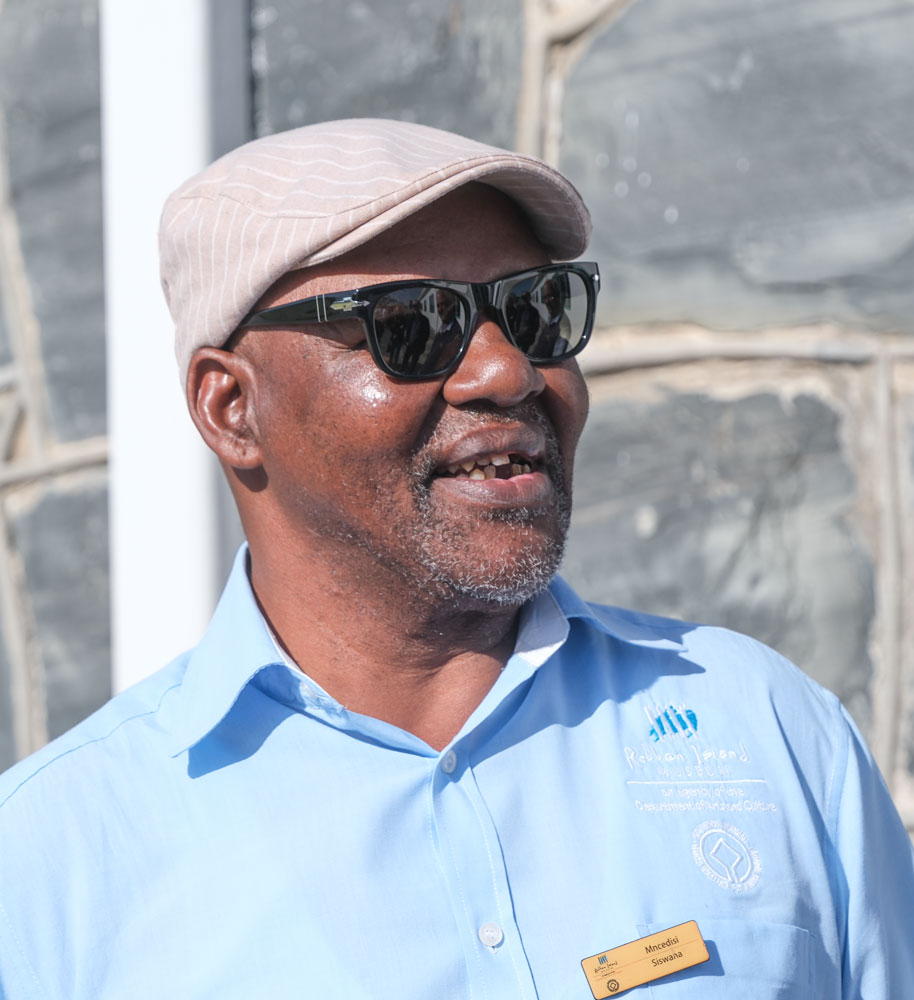
We began the tour at the place were prisoners were inducted into the prison. Mncedisi described the process - the prisoner's shackles were removed and he was stripped and searched in every way. Then he was given prison clothes. There were four levels of privilege in the prison, labeled A, B, C, and D. The A prisoners had the most privileges and the D prisoners the least. A prisoner could move up or down in that ranking by the way they behaved.
Here are a few views of the cells. The cells were about 4 square meters, or about 43 square feet, and only one prisoner was in each cell. They did not have running water or toilets, but a bucket could be provided for inmates who needed them during the night. The prisoner was responsible for disposing of the waste in the morning and washing the bucket.
Latrine and showers were in a common area.
This first picture is through the bars of the door.
.
Then with the door open. A few blankets were provided, which could be used for cover, as a pillow, or to sleep on.
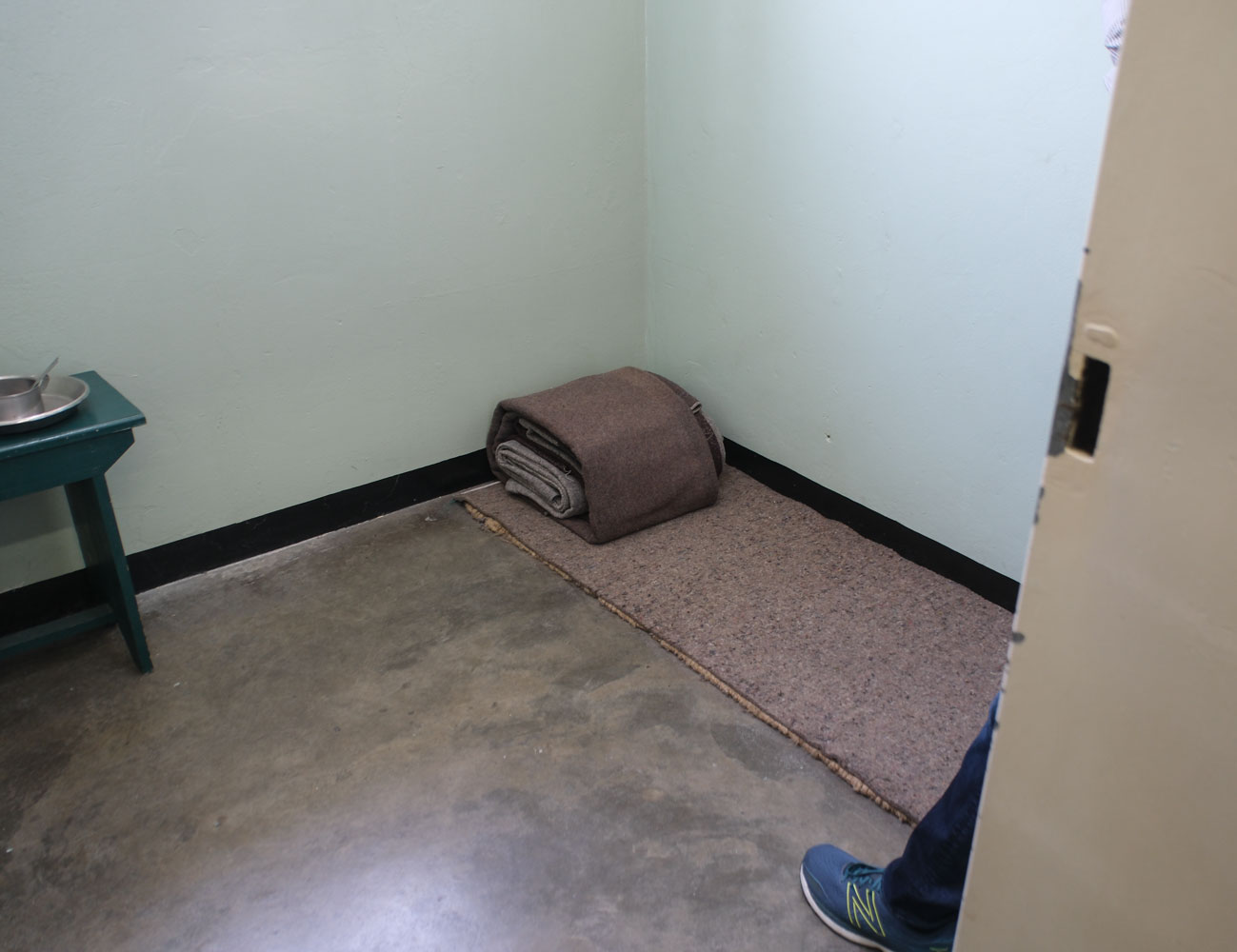
A small bench was provided, and this picture shows one of the waste buckets (probably called a "honey bucket").
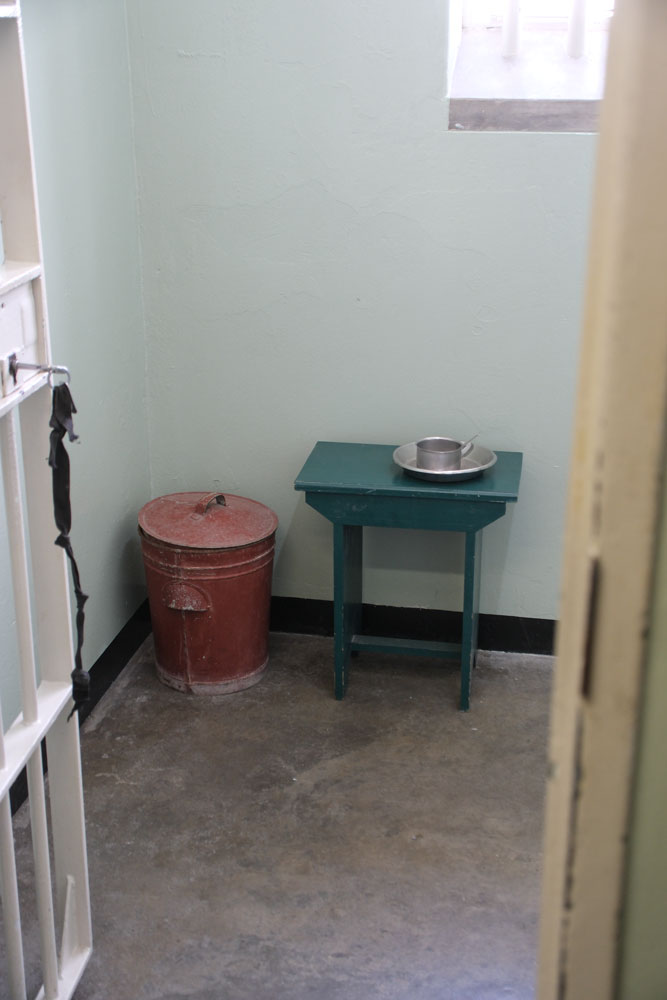
Later, steel frame beds were provided, with a straw mattress. The bed had a solid base (no springs) so it was hard, and Mncedisi commented that the straw mattress flattened out quickly.
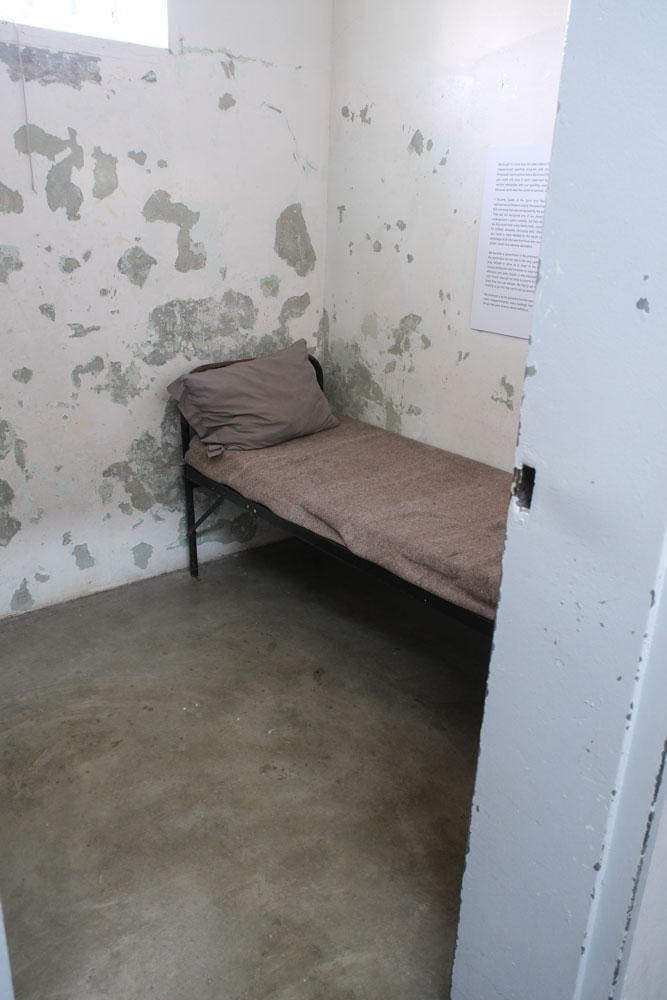
Prisoners had work assignments during the day, but had two hours off in the middle of the day. Some of the work assignments mentioned were shaping limestone blocks to be used for construction at the prison, and sewing.
They also worked in two stone quarries, which I'll describe later.
One very important point was that the prisoners were separated into the two areas of (1) political prisoners and (2) criminals. The political prisoners were mostly intellectuals, and may have been better educated than the criminals. Additionally, in most prisons, criminal gangs form and terrorize the non-gang prisoners, stealing from them and perhaps raping them. The fact that the political prisoners were separated from the criminals probably made their life much easier.
According to Mncedisi, the political prisoners used the two hours in the middle of the day to talk about their political beliefs and to come to a common base of support. This was important for forming governing coalitions after the end of apartheid. Among themselves there were differences, though, and that established separate groups as well.
One final thing I found interesting. At the prison, people were categorized as African, colored, or white. I asked what the difference between African and colored was, and they explained that colored applied to people of mixed race. I asked how they determined who fell into each category and they said it was entirely subjective. An African who had light skin might be classified as colored. A mixed race person might be classified as white if their skin was light enough. It all depended on the opinion of the person making the classification.
We toured other parts of the prison but I don't want to bore you with too much about it.
Here's a picture of Frank, our tour guide, and Habo Mxotwa, our driver on this prison tour. In addition to driving, he provided commentary about some of the island.

Next, we visited a limestone quarry where the prisoners mined limestone for building blocks. The work was all done by hand - no power tools were used and the prisoners became covered with limestone dust. They were also not allowed eye protection and some developed lung and eye problems from the dust.
There's a pile of rocks at the quarry. The story is that later in his life Mandela came, and began the pile by placing the first light colored stone, and others added both black and white stone - to represent all colors living together.

People had to run the prison, and there was a community area where the staff lived with their families. The following pictures show some of the buildings in the community area.
One of two churches.
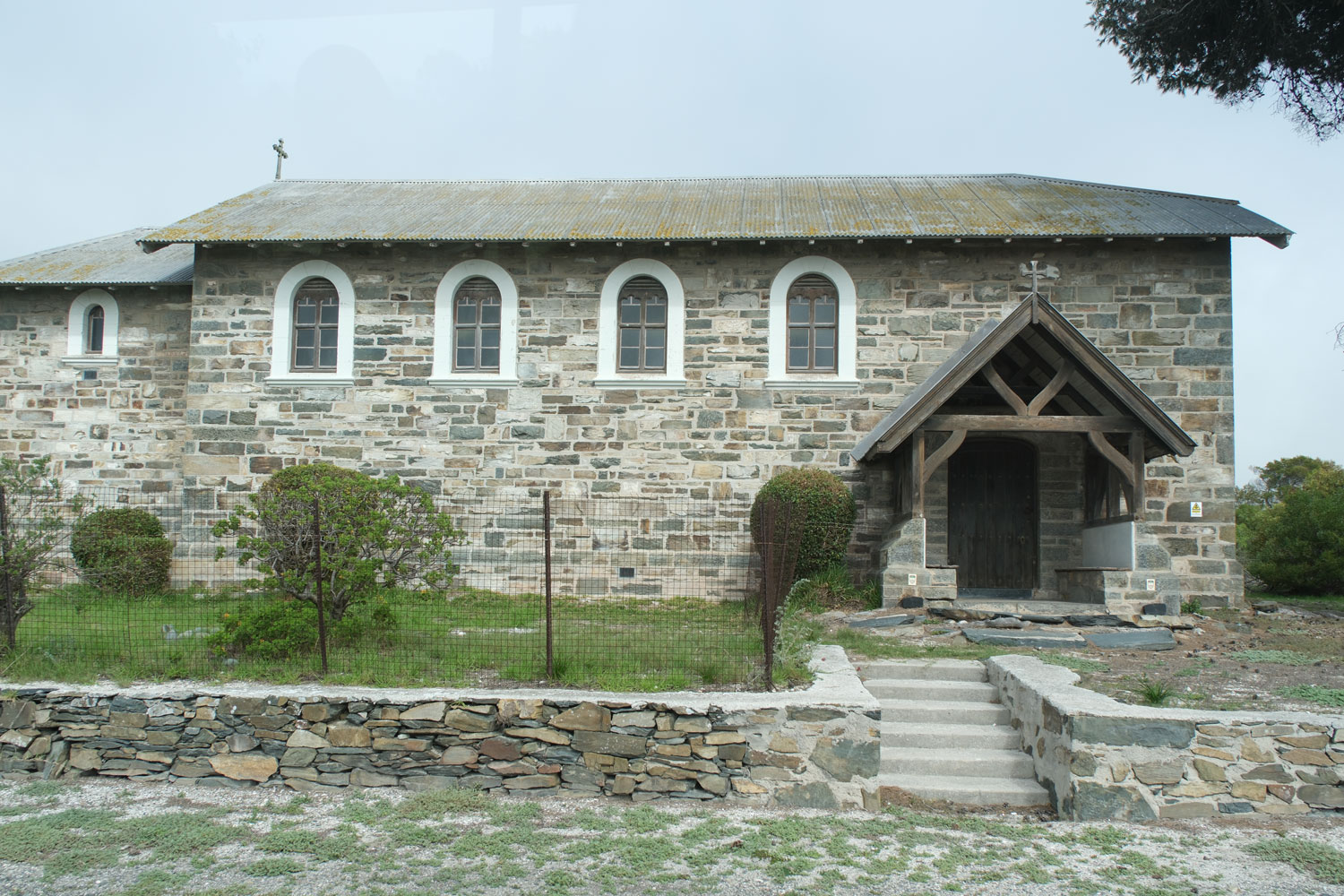
The health clinic.
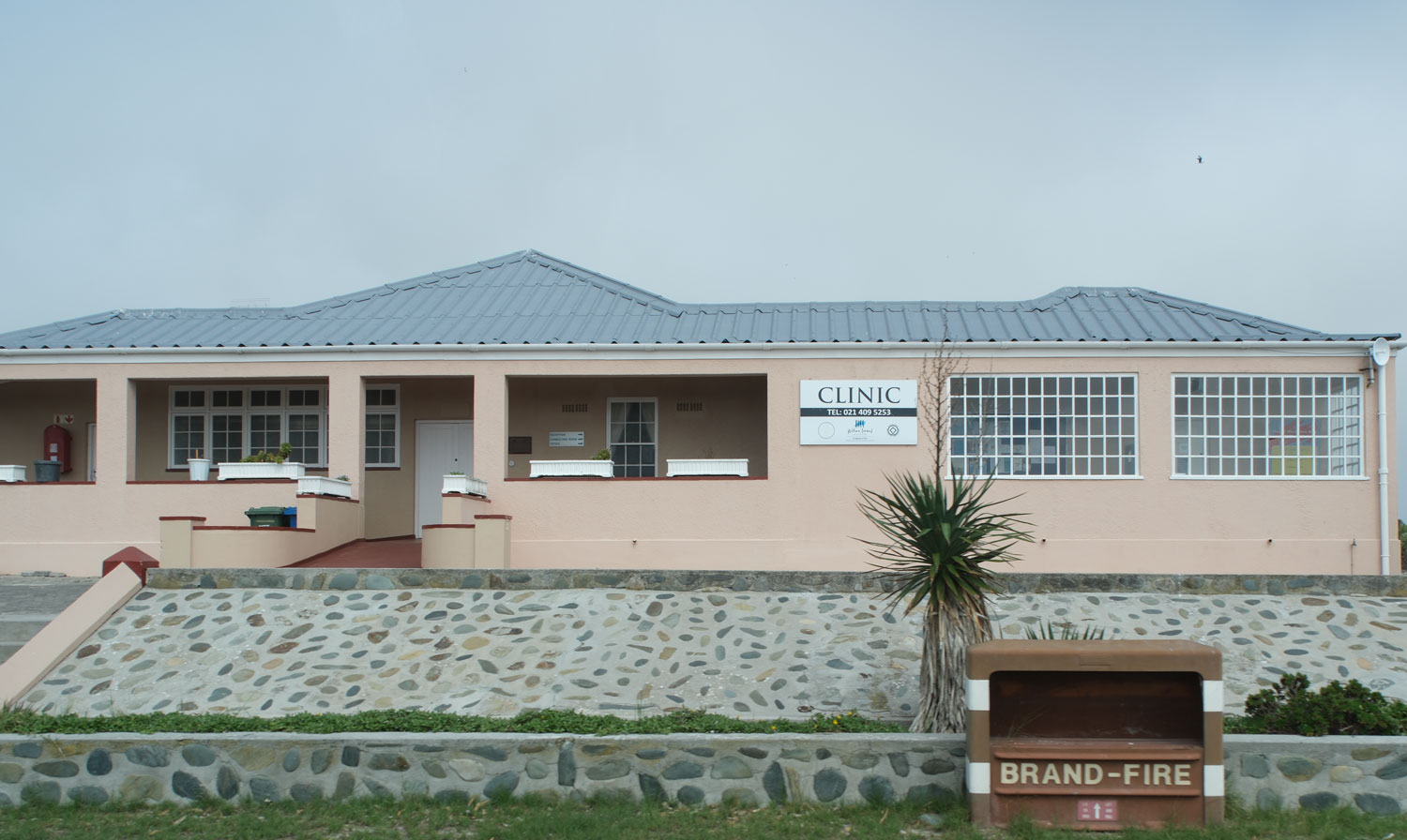
A modest home. There were larger, more grand, homes, also.

The school.

There was a lot more to the town (and to the prison, also) but I have to stop somewhere.
Next, we went to a building on the coast of the island, where there were rest rooms for us.

After that, we headed back to the dock area for our return to Cape Town.
The boat was not as crowded on the return as it had been going over.
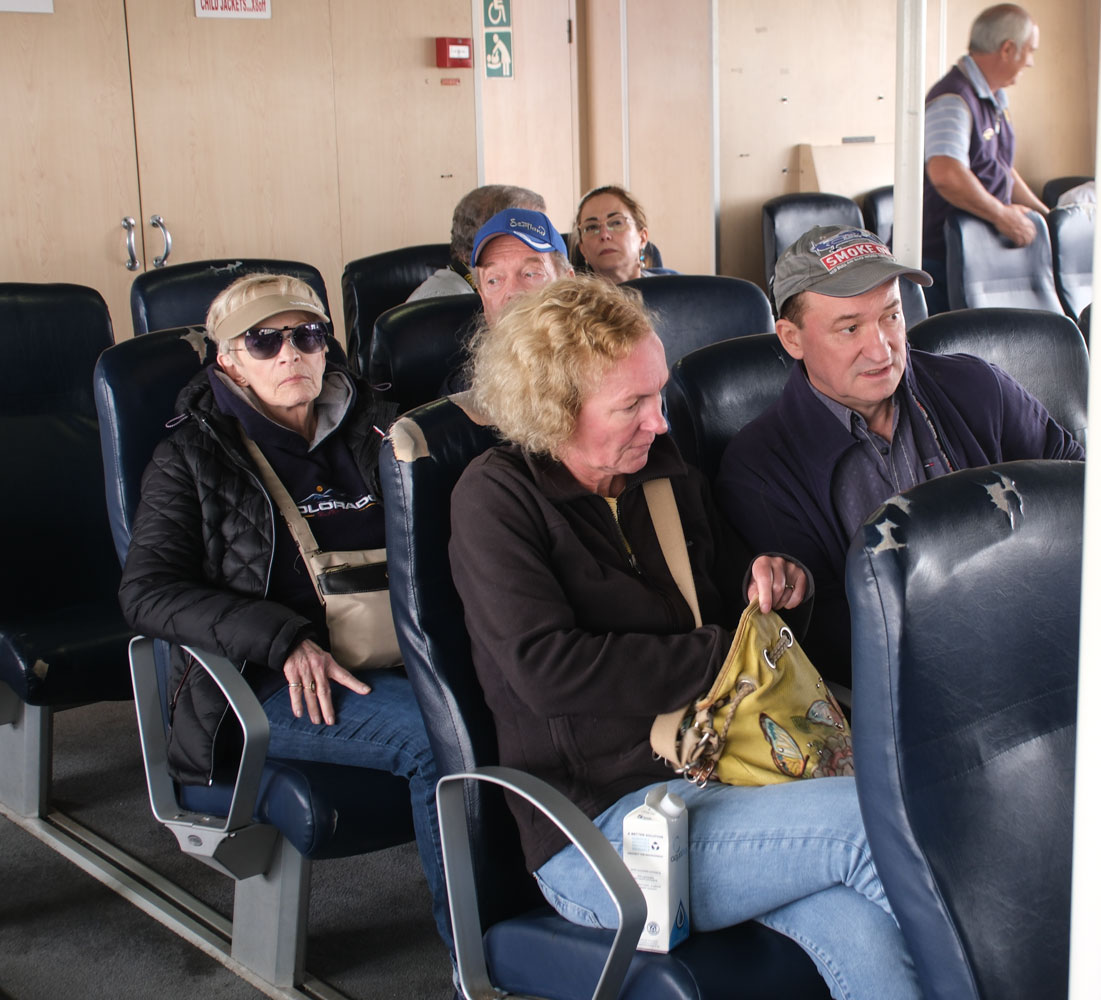
When we got to Cape Town, there was a seal waiting on the dock for us. By the way, that's how Robben Island got it's name. Robben is the Dutch word for "seal".
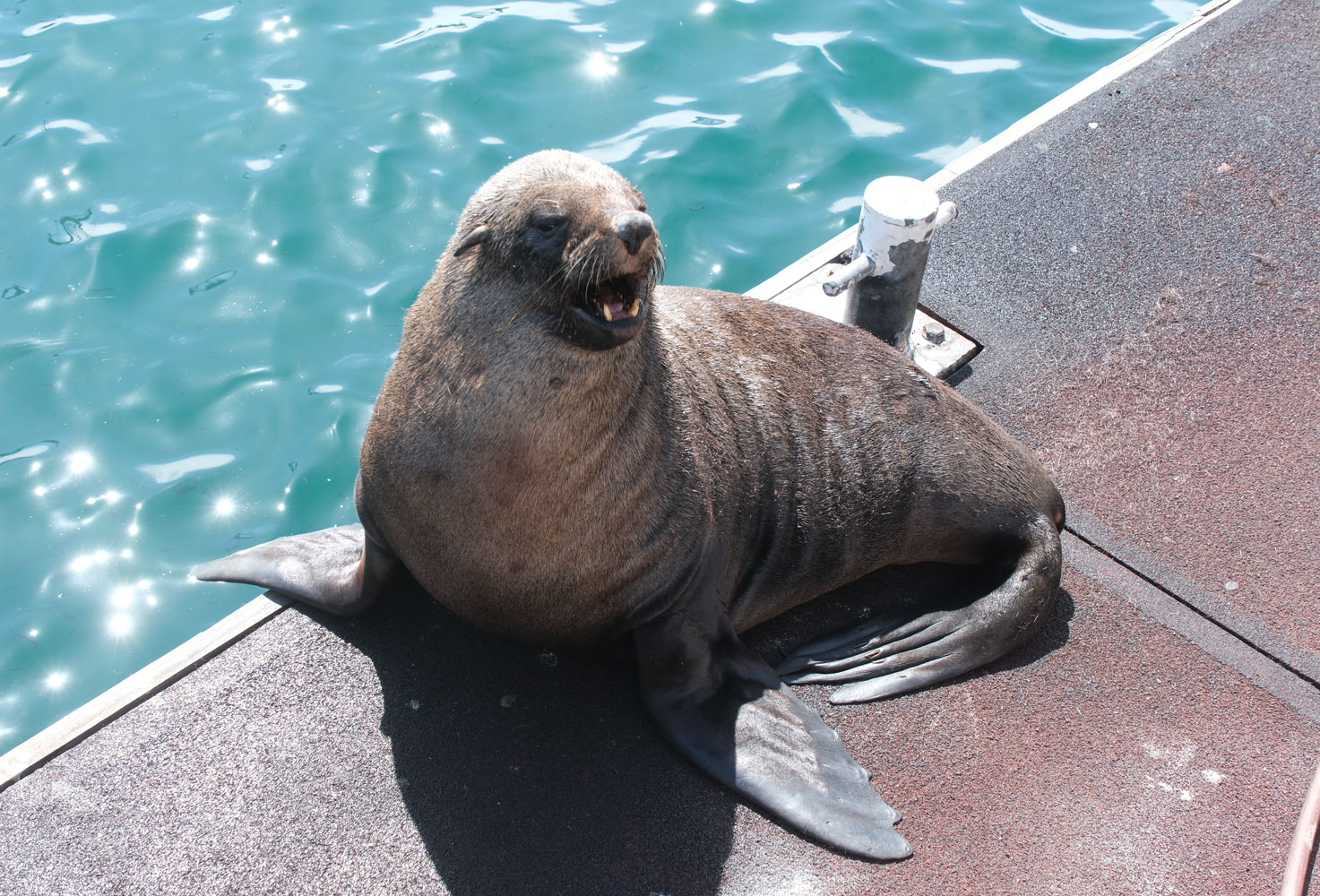
Sitting across from Christo Brand at lunch, we had a good chance hear more about his life. He brought copies of his book, "Doing Life with Mandela", and we bought a copy. After Mandela became President, Christo worked in his office, and he related some personal experiences.
C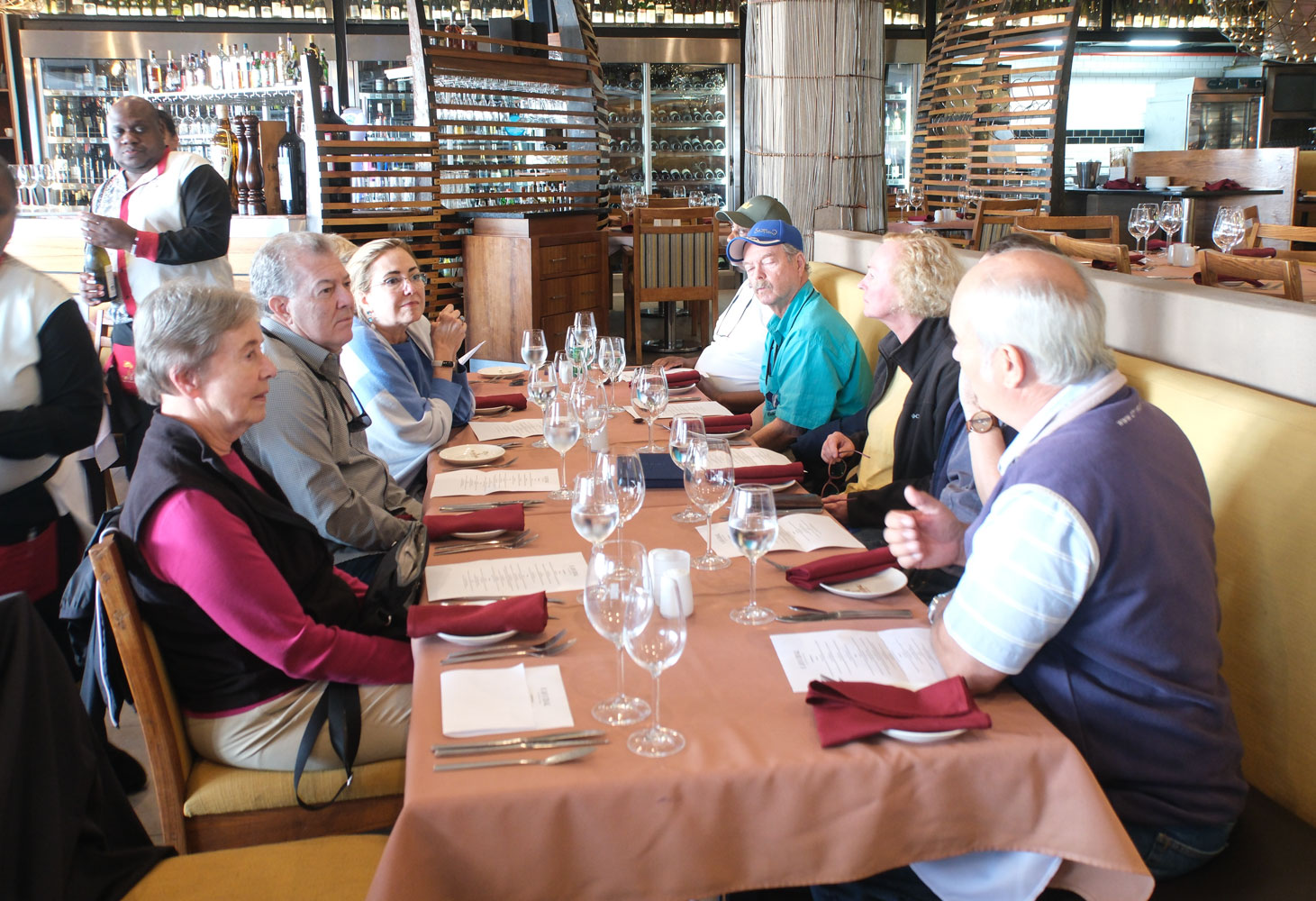
After lunch, we headed for adventure. We're going to take the cable car to the top of Table Mountain!
The cable car station sits at the edge of the top of the mountain. It's about 3,560 feet high. You can see the cable car just leaving the upper station.

The two cable cars, one going up and the other coming down.

A view of the cable car as it's coming into the lower station.
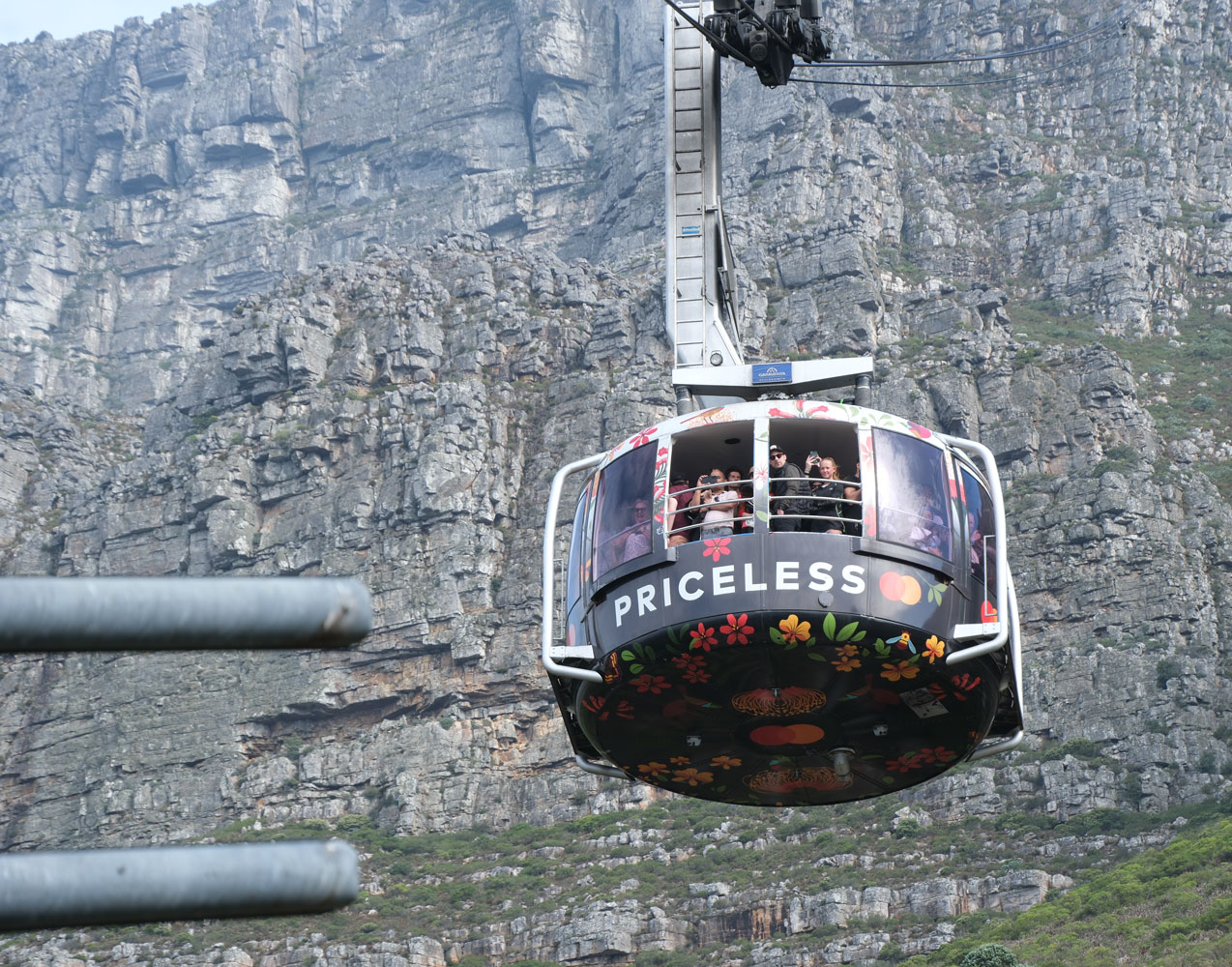
We rode the cable car to the top. Here's a view of the city as we were going up.
We were told that the trip takes about three minutes, but it seemed shorter than that - it was very quick. The floor rotates during the trip so that everyone can get a good view. On cable cars that don't rotate, everyone crowds up to the front.

After we got to the top, Judy and I walked one of the trails. This Tristram's Starling landed very near me while we were sitting on a stone wall, and he asked me to take his portrait, which I did. Very serious, dignified bird. I hope he's doing well.

Here's a view of Cape Town from the top.
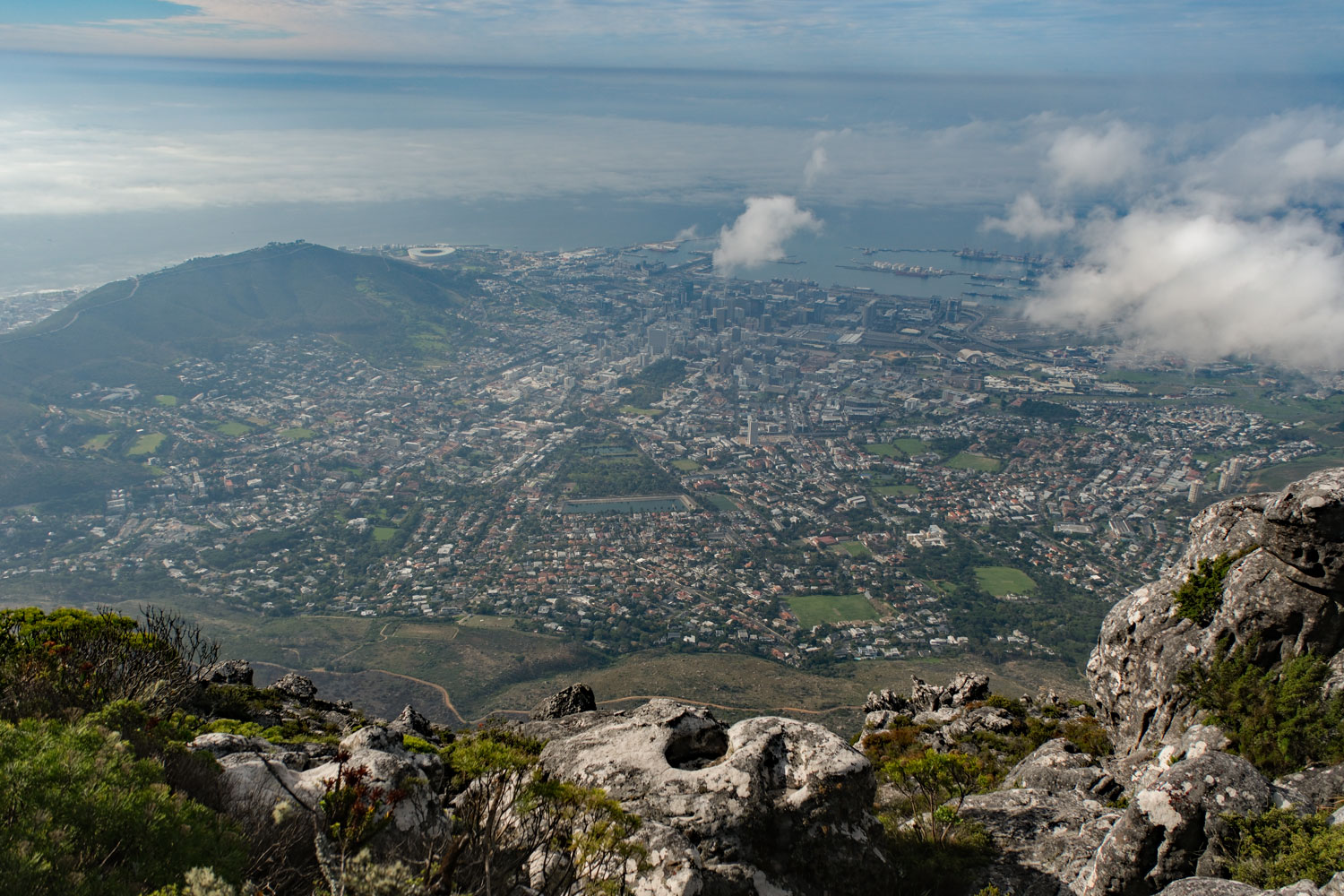
We had about an hour on the top, but eventually clouds started rolling in.

We went to the mountain-top restaurant and had a cup of coffee with Thomas and Annette. Then we took the cable car down. As we were going down, I got this picture of the other car coming up.

I took a lot more pictures on the mountain, of course, but I can't post all of them.
As we drove back to the hotel, a short detour took us through the Bo-Kaap neighborhood. This area has been renovated by the residents. They agreed to paint all of their houses bright colors and clean things up. It's now a very desirable neighborhood and property values have gone up.
Another name for the neighborhood is Schotschekloof.

That was the end of our day. Judy and I had a beer at the bar and then went to sleep. We have an early departure tomorrow. We fly to Victoria Falls, and then travel by bus to join the Zambezi Queen boat on the Chobe River.
+++++++++++++++++++++++++++
4/3/2023 (Monday) The hotel staff picked up our non-carry-on luggage early and brought it to the lobby. After breakfast, we identified our luggage before it was put in the trailer, to make sure every piece was there.
Judy and I had a scare. As the bus was leaving, Judy realized she had left her travel purse in the hotel, and it contained our passports. Luckily, we were still at the hotel and I ran back to the room and got it.
Here we are arriving at the airport. That's my bag being removed from the trailer.

It will be a long day of travel, and as we touch four countries, we pass through passport control four times. We leave South Africa and enter Zimbabwe, needing a visa, which costs $30US per person. Then we'll take a bus towards Botswana, depart Zimbabwe passport control at the border, and process through Botswana passport control. Then we leave Botswana and finally, we process through Namibia passport control. We didn't have to process out of Botswana passport control.
Checking in at Cape Town.

Most of the passport stations do not permit you to take pictures, so I may not be able to show you what they looked like.
We're on an Embraer E-135 - a nice aircraft with a 1-2 seating configuration. Judy and I each had a carry-on and they checked them at the gate. Overhead bins are small and insufficient.
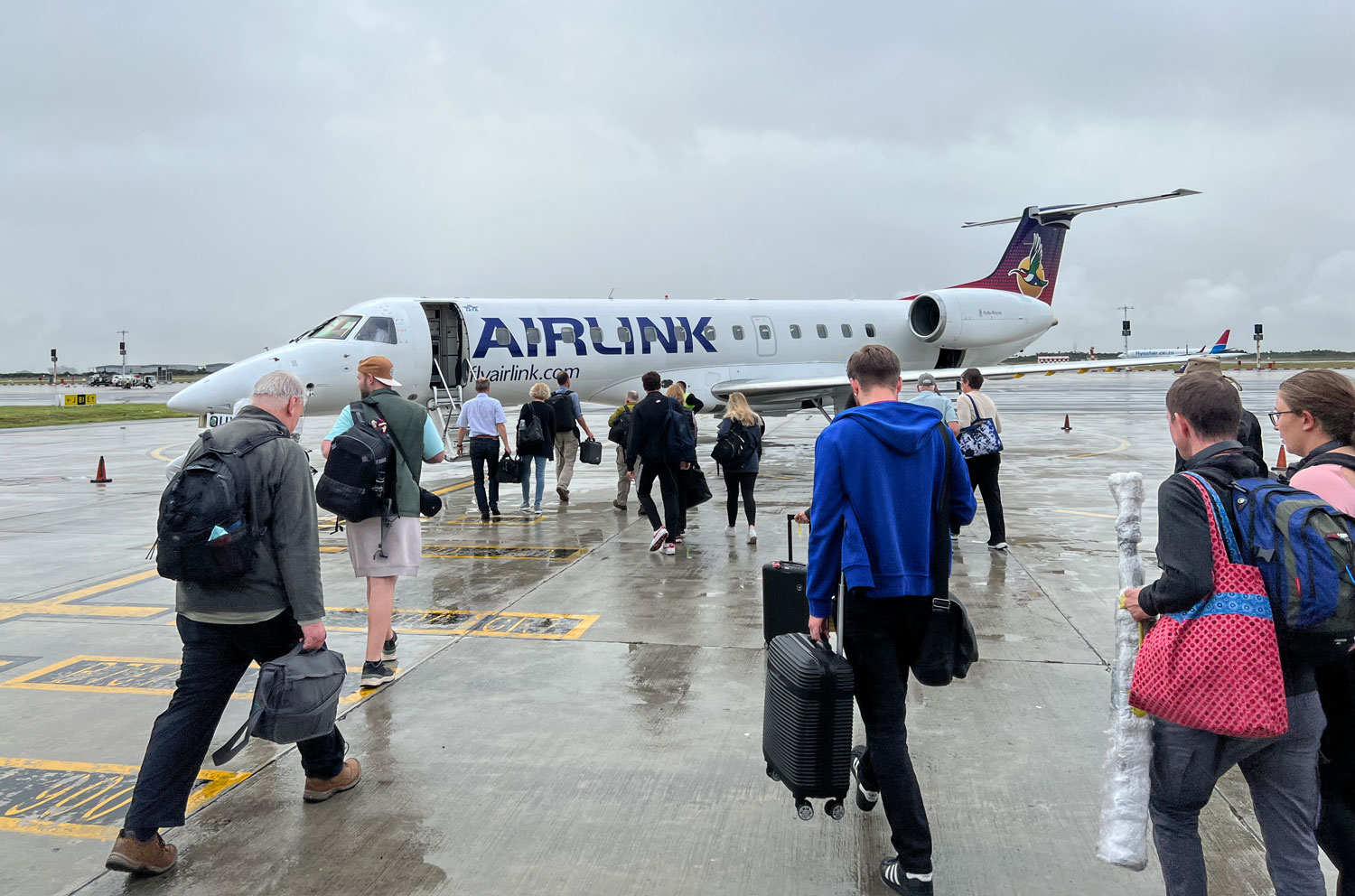
When we got off the plane, our bags were on the tarmac waiting for us. It was warmer here than in Cape Town.

It was a smooth two-hour flight to Victoria Falls Airport.

We cleared Zimbabwe passport control, with a payment of $30US/per person for our visa. When we exited the security area, the AMA Waterways representative was there to greet us and help with our luggage.

Just outside the front door of the airport, there were dancers in native costumes dancing and singing, with a tip jar in front.

We boarded the bus, and as we were leaving the airport, I took this picture of the front of the airport.

After about an hour drive, we came to our first border crossing, into Botswana, at Kazungula.

We each had to step into a solution to disinfect our shoes. Anthrax has been reported in Zimbabwe and they are attempting to prevent its spread into Botswana.
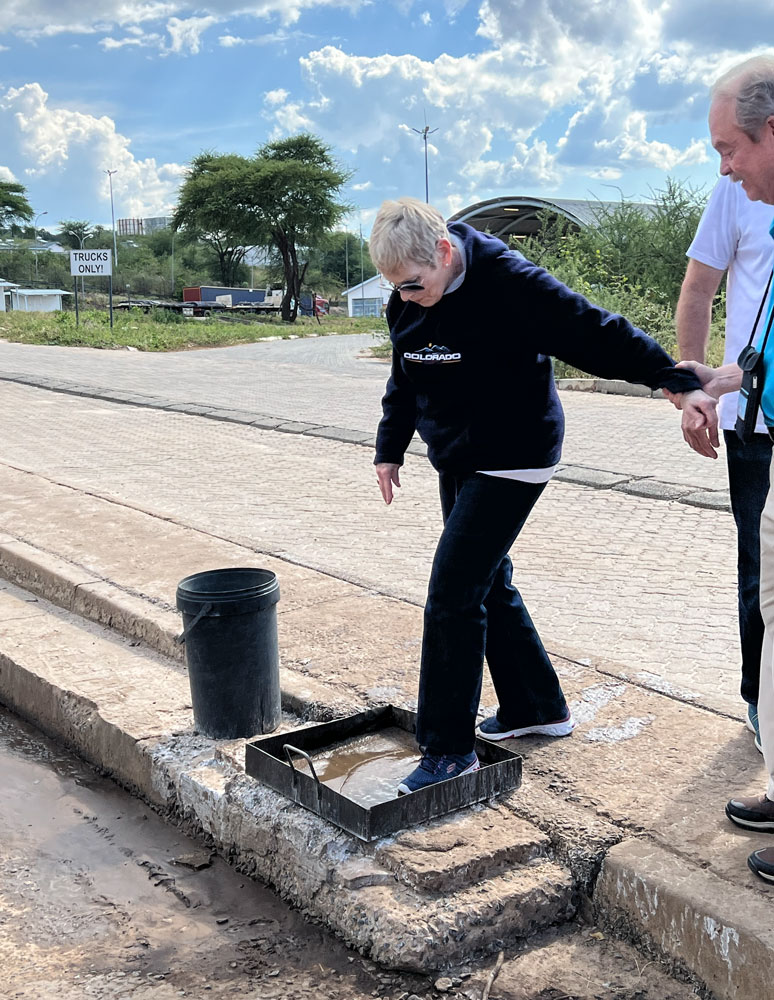
We all left the bus to present our passports and use the restroom. While we were gone, a baboon got into the bus - I suppose looking for something to eat. All it did was honk the horn, which was a huge surprise to everyone, especially the driver. Luckily, no damage was done.
It was a short drive (about 12 km) to Kasane where we presented our passports again at the Botswana passport control office.

Then we "exited" Botswana by getting on a small boat on the Chobe River.
Here a view of the Chobe River as we left Botswana.

We went upriver a short distance to the Namibia passport office and presented our passports to enter Namibia. This passport control office is really "out in the sticks". The window with the sign on it is where you present your passport. There's only one person on duty.

Here I am pointing to the sign to show that we're in Namibia.

During the tour we crossed borders many times, and each time got a visa or stamp in our passports. I had five pages completely full with visas and stamps and a sixth page with a couple of stamps.
We re-boarded the boats and soon had the Zambezi Queen in sight. The first view of our home for the next four nights.
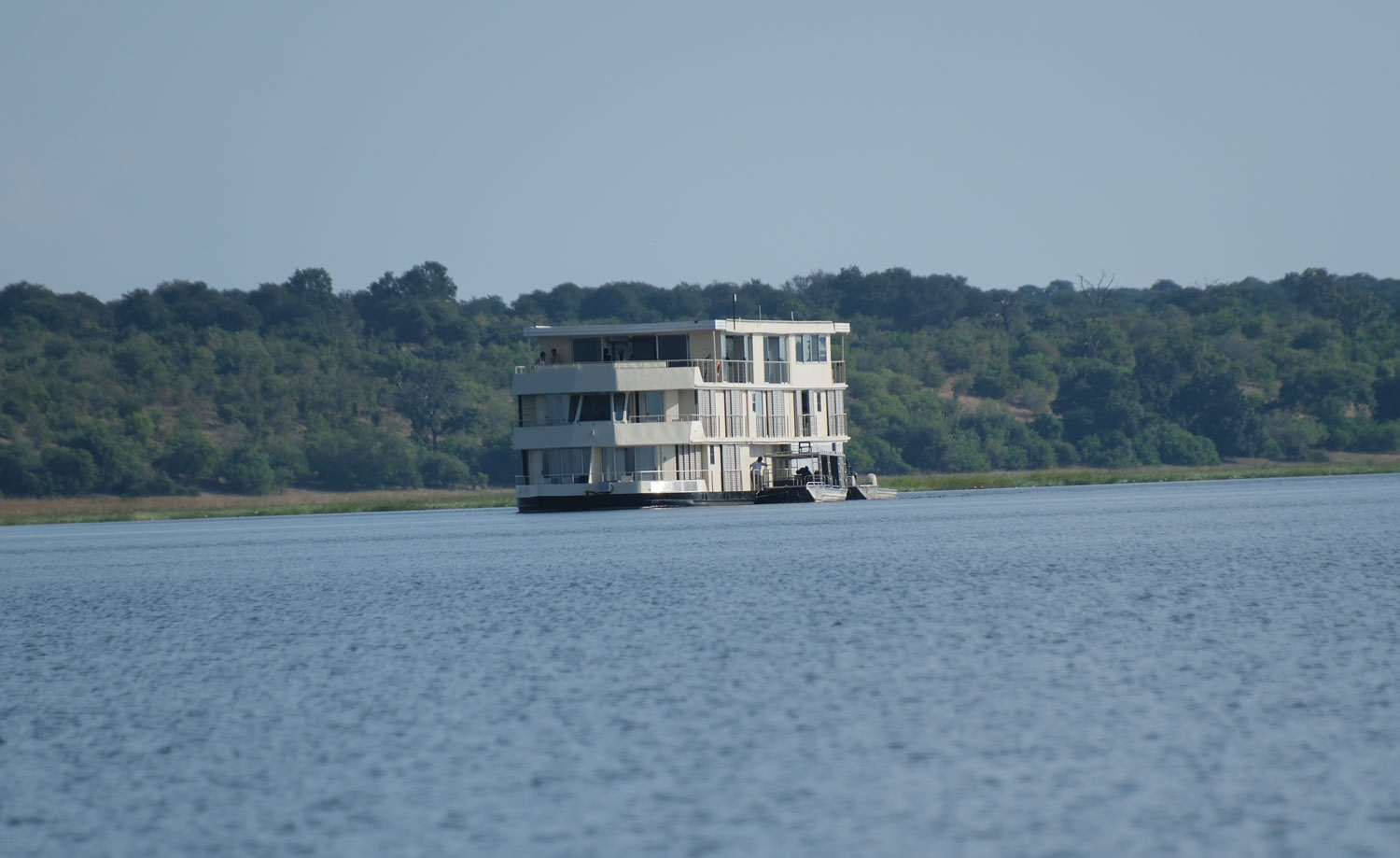
Another view as we got closer.
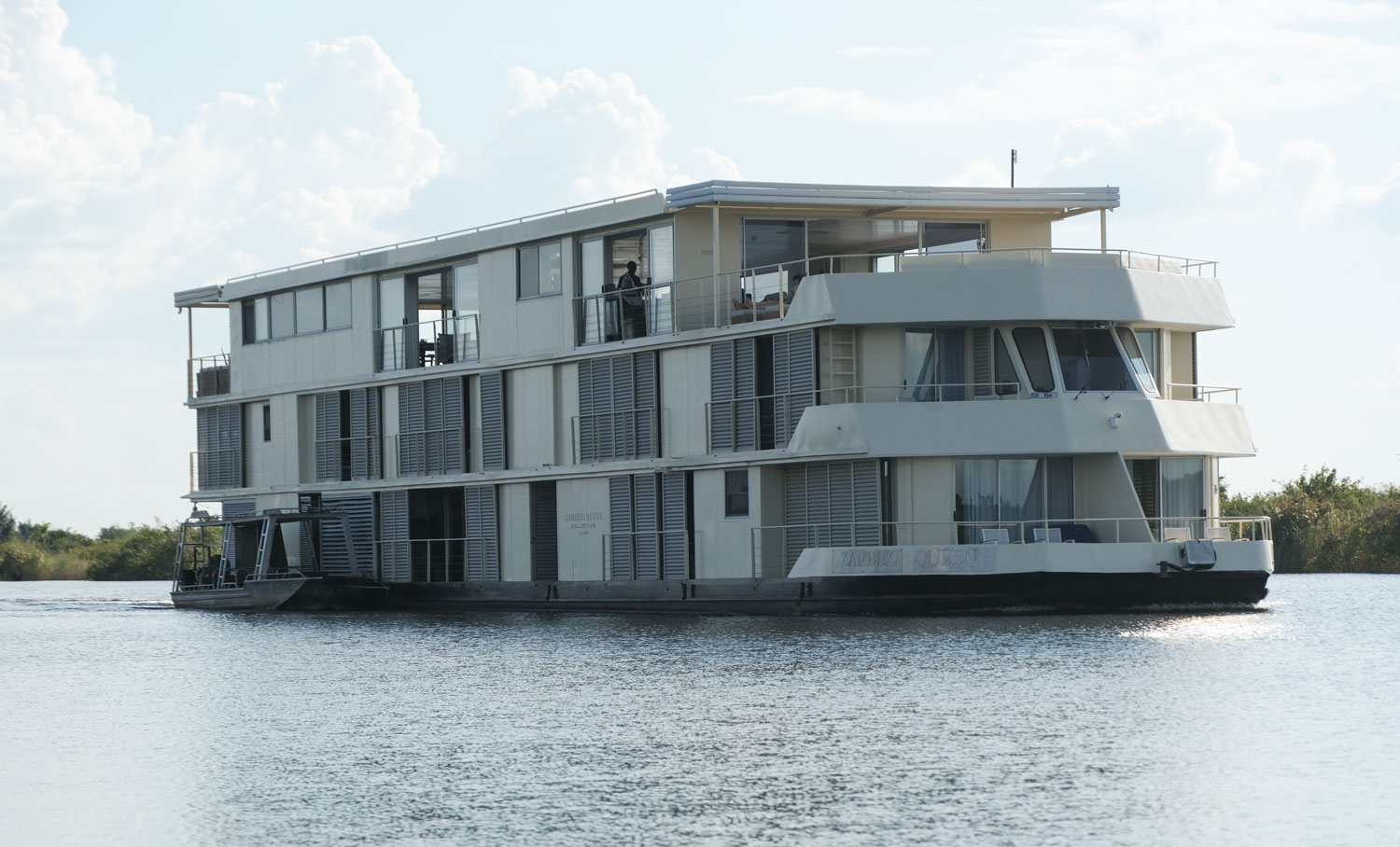
We met the staff and had the safety briefing, and then went to our cabin. It's a nice cabin, comfortably appointed. The bath has a single sink, a toilet and a shower.
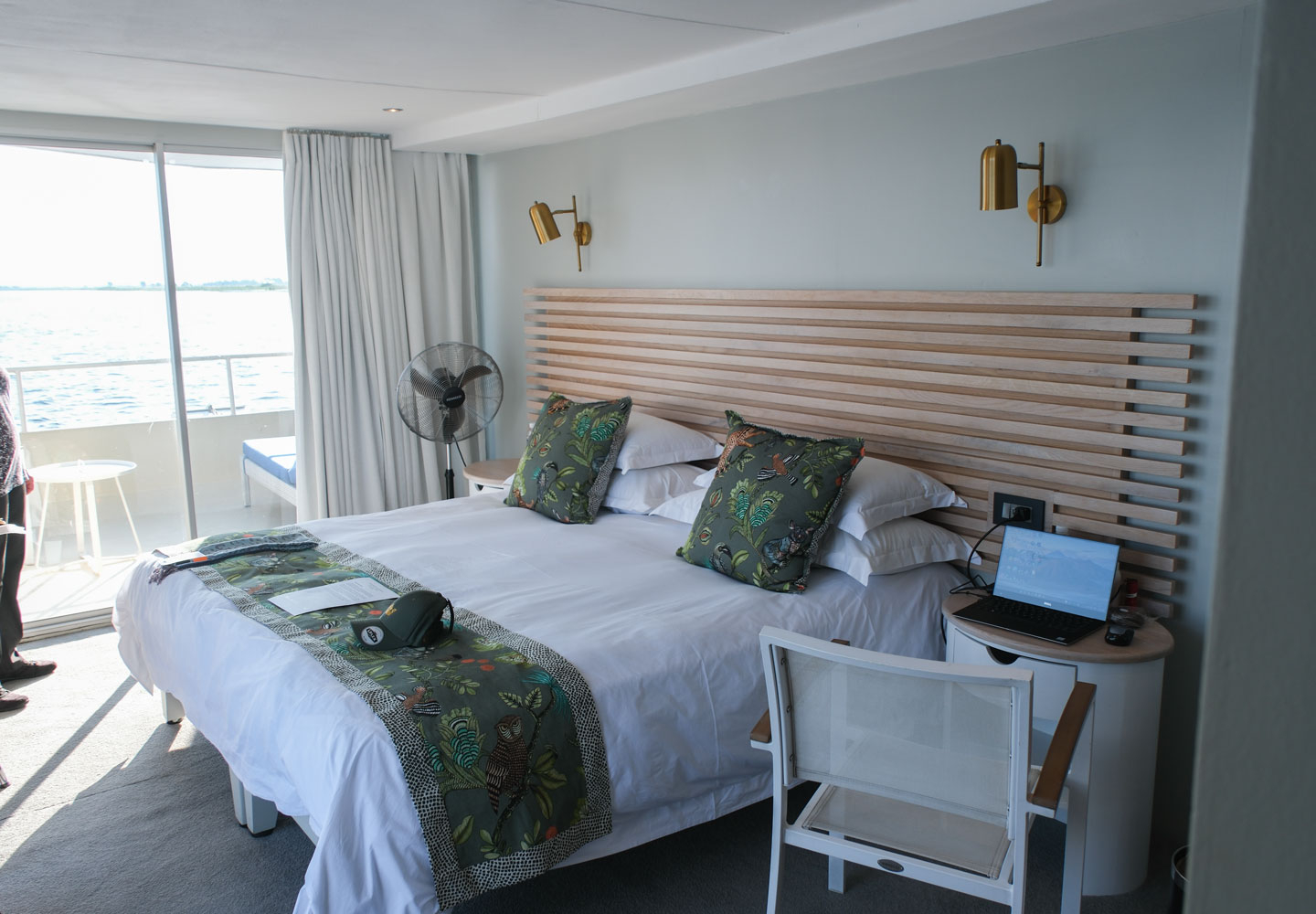
We're at the front of the boat, so we have windows on two sides, and a small balcony at the front of the boat.
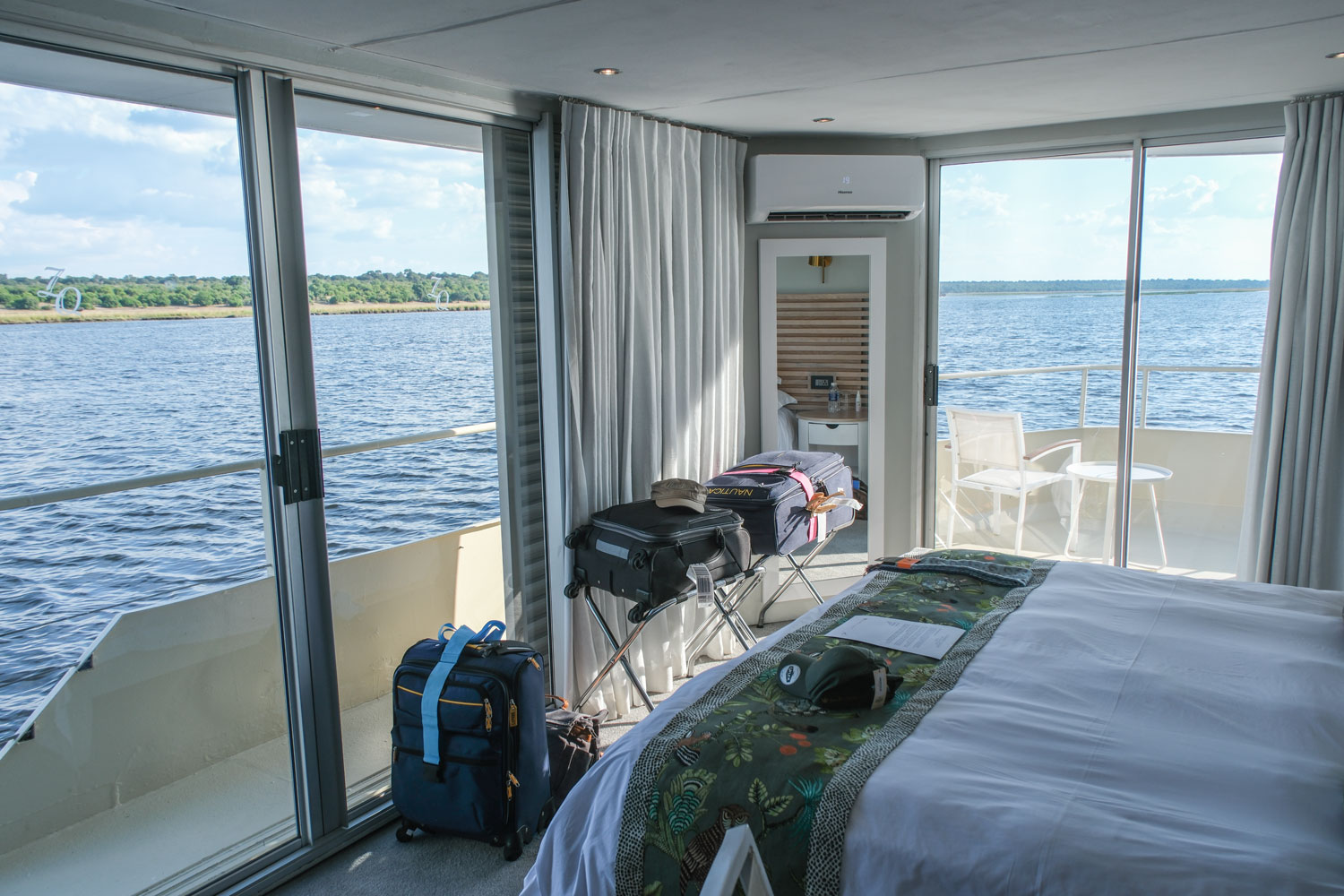
The only complaint I have is that the Wi-Fi cannot be accessed in the cabin - I have to go to the top (third) deck to get access. But considering that we are in the middle of Africa, on a river, the fact that we have Internet access is impressive.
The Zambezi Queen cast off and we sailed along the river before tying up for the night.
Judy and I were in bed fairly early, even though our first activity tomorrow is at 10am.
+++++++++++++++++++++++++++
4/4/2023 (Tuesday) We woke up to a magnificent sunrise over the Chobe River. A camera can never capture the real colors of a sunrise. The eastern sky started to get light, then a deep red glow appeared at one spot, and gradually spread wider. A camera just will not reproduce the extremely deep red of the early sunrise.
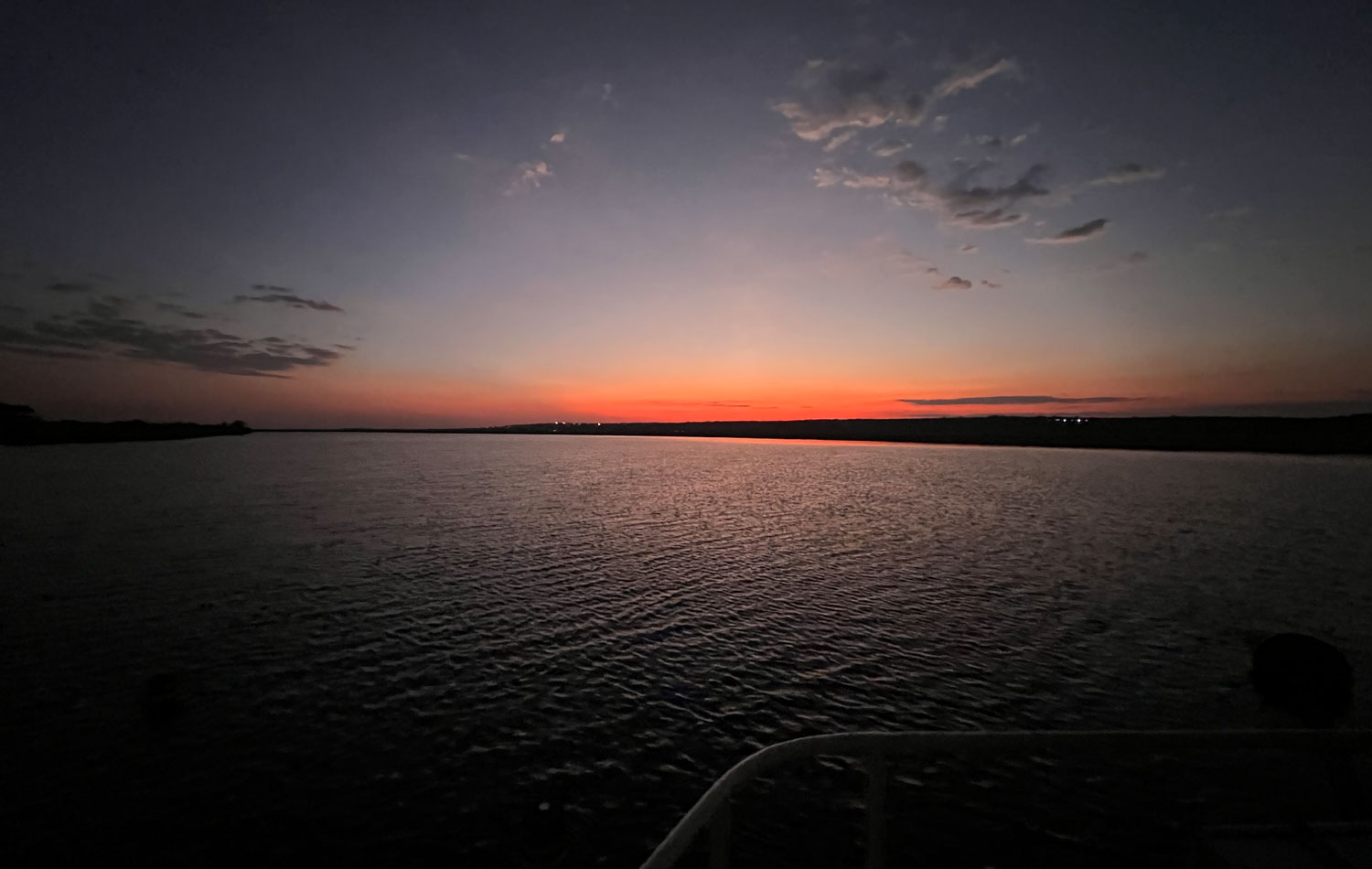

We're going on a "river safari" today, departing at 10am. We take a small boat and go along the river to observe the animals that come to the river to drink.
[Photography note: I took a LOT of pictures of the animals but I can only put a small number of pictures on this blog. I've been satisfied with the new Fujifilm camera - with the lens I'm using, it has good reach, and it focuses accurately and quickly.
Taking good pictures is difficult. The boat is bouncing around and I'm at extreme magnification with the lens. It's difficult to even frame the picture properly.]
Here are some hippopotamus (hereafter referred to as "hippos") in the water. Hippos spend a lot of time in the water during the day, feeding on aquatic plants and keeping cool. I suppose it also allows them to use less energy than supporting their enormous bulk on land.
The problem is, like whale watching, you can only see a small part of the animal. Here's a group of hippos in the water.
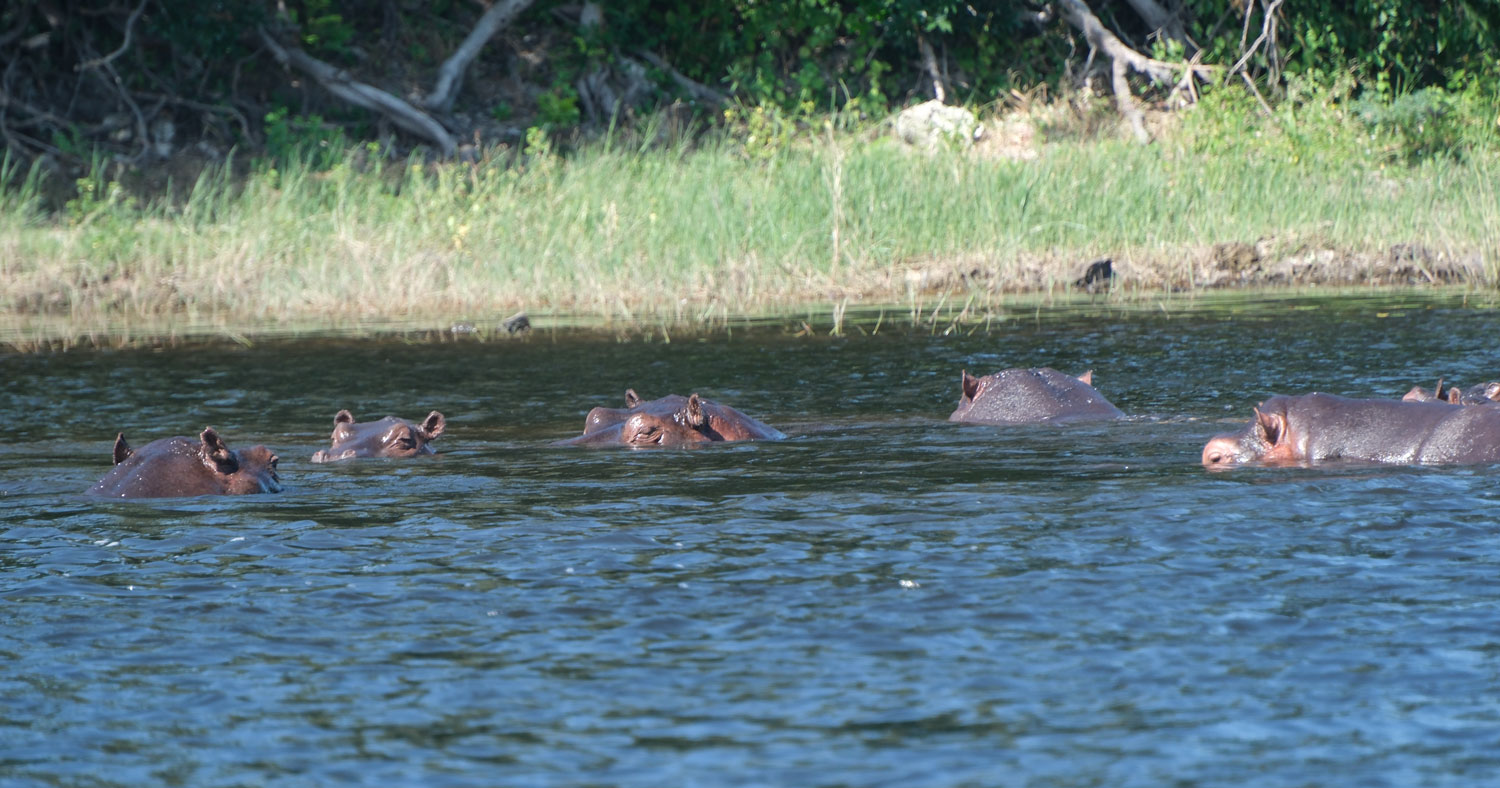
A closer view of the hippos.

Several days later, I was able to get this picture of a hippo out of the water. I have some better pictures which I'll show later.

Some elephants on the shore.
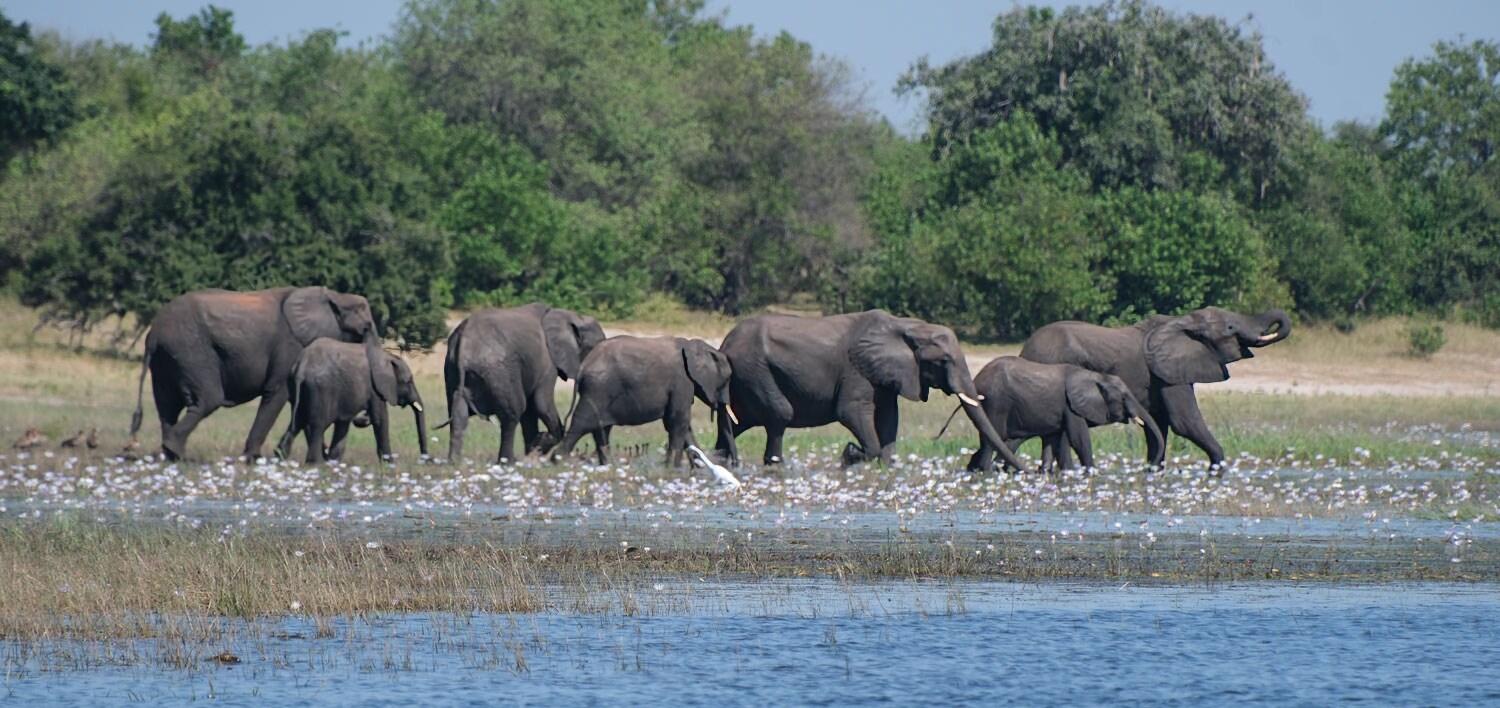
Elephants and hippos.
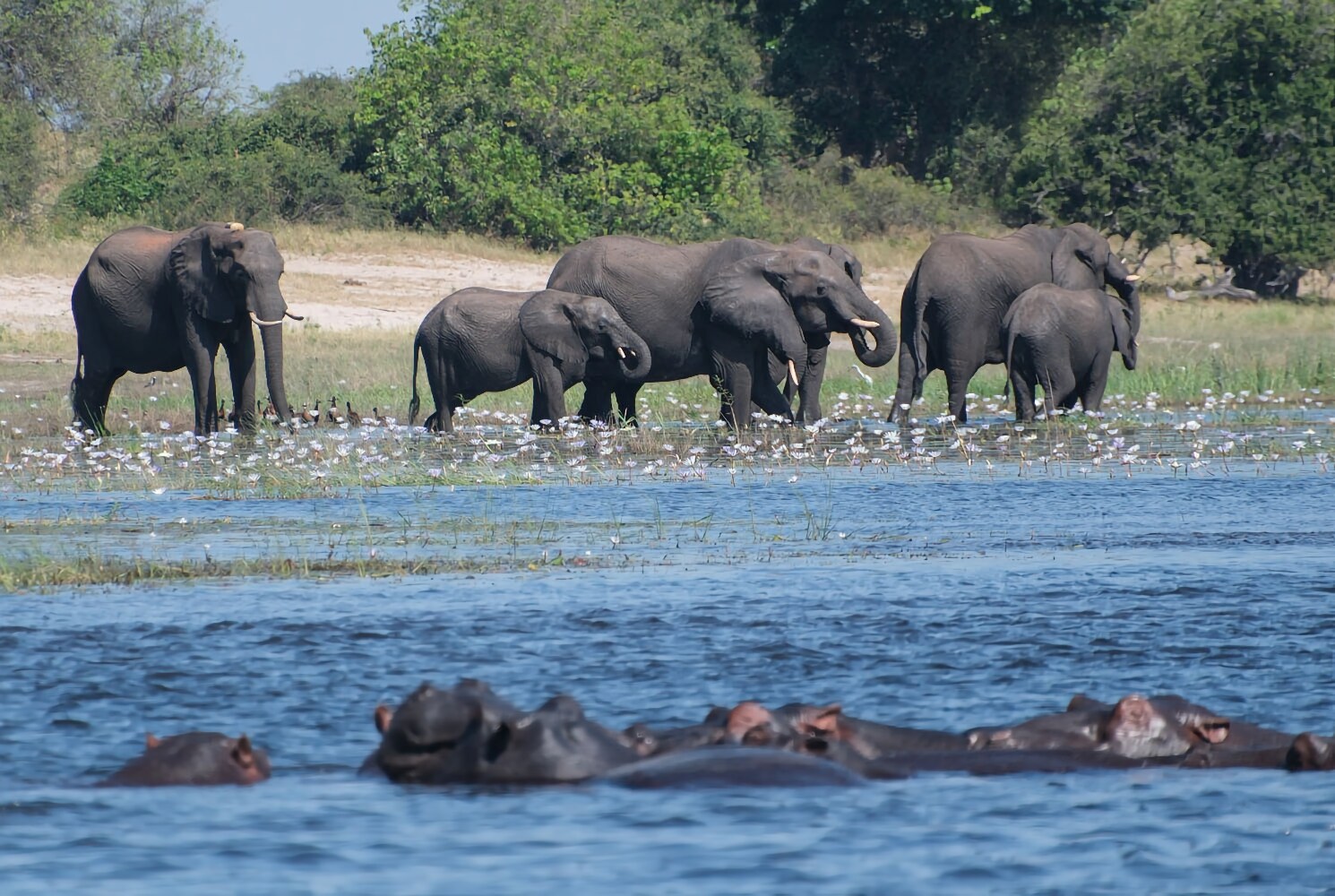
More of the elephants. Both the male and female have tusks in African elephants. For Indian elephants, only the males have tusks.

A head-on view of the same group of elephants.
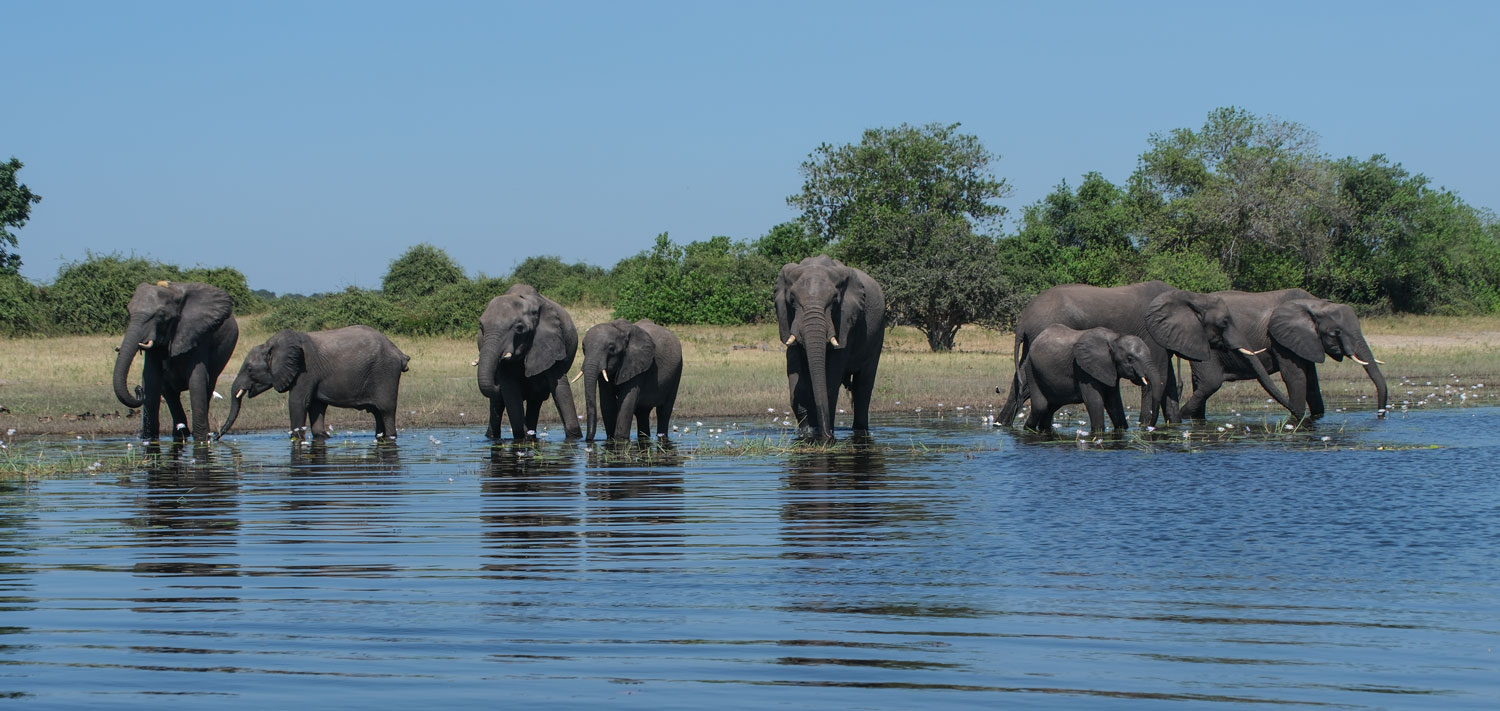
The Zambezi Queen has two safari boats, and the other boat was viewing the same group of elephants.

One last elephant picture.
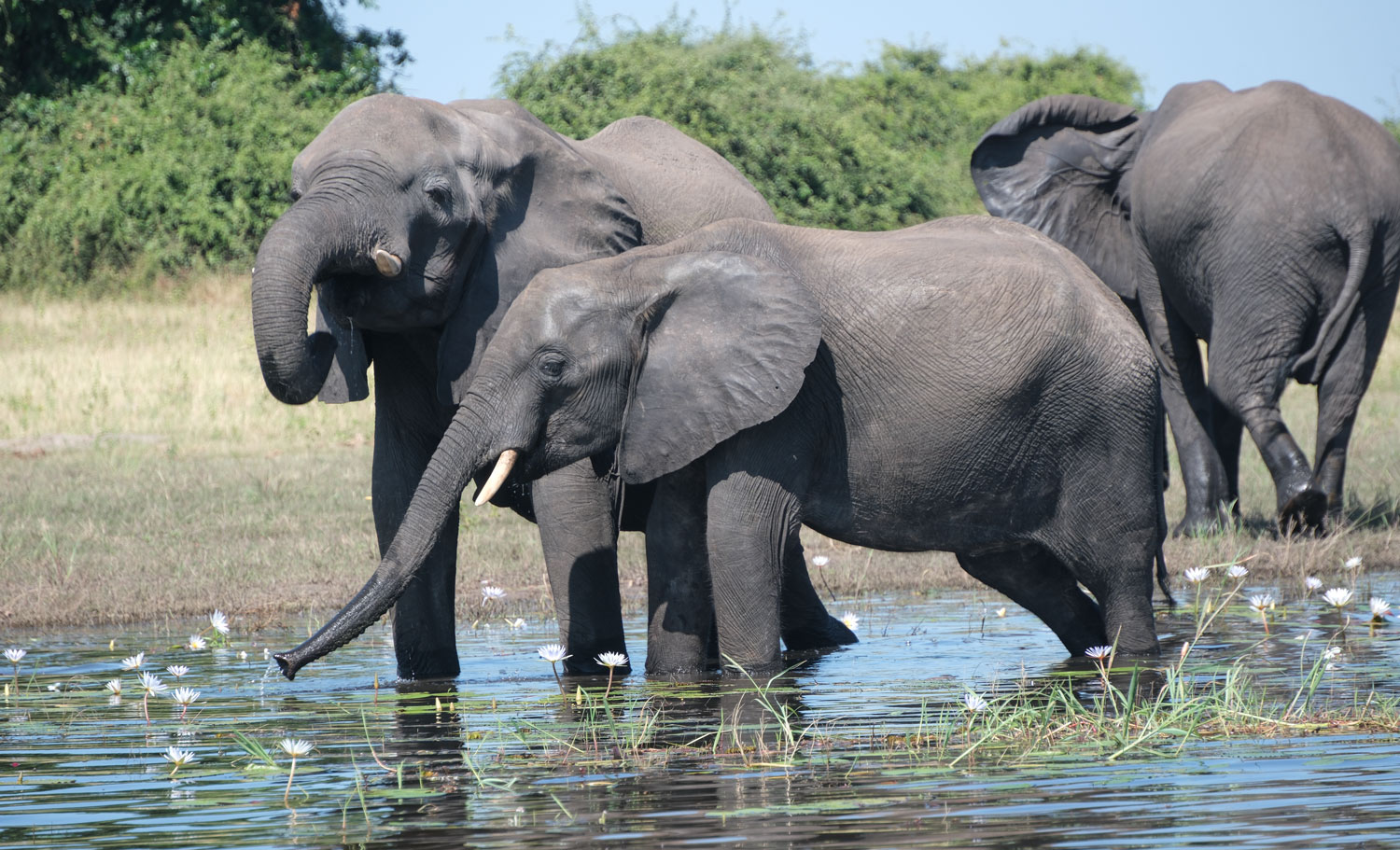
A Eastern Great Egret feeding close to shore.
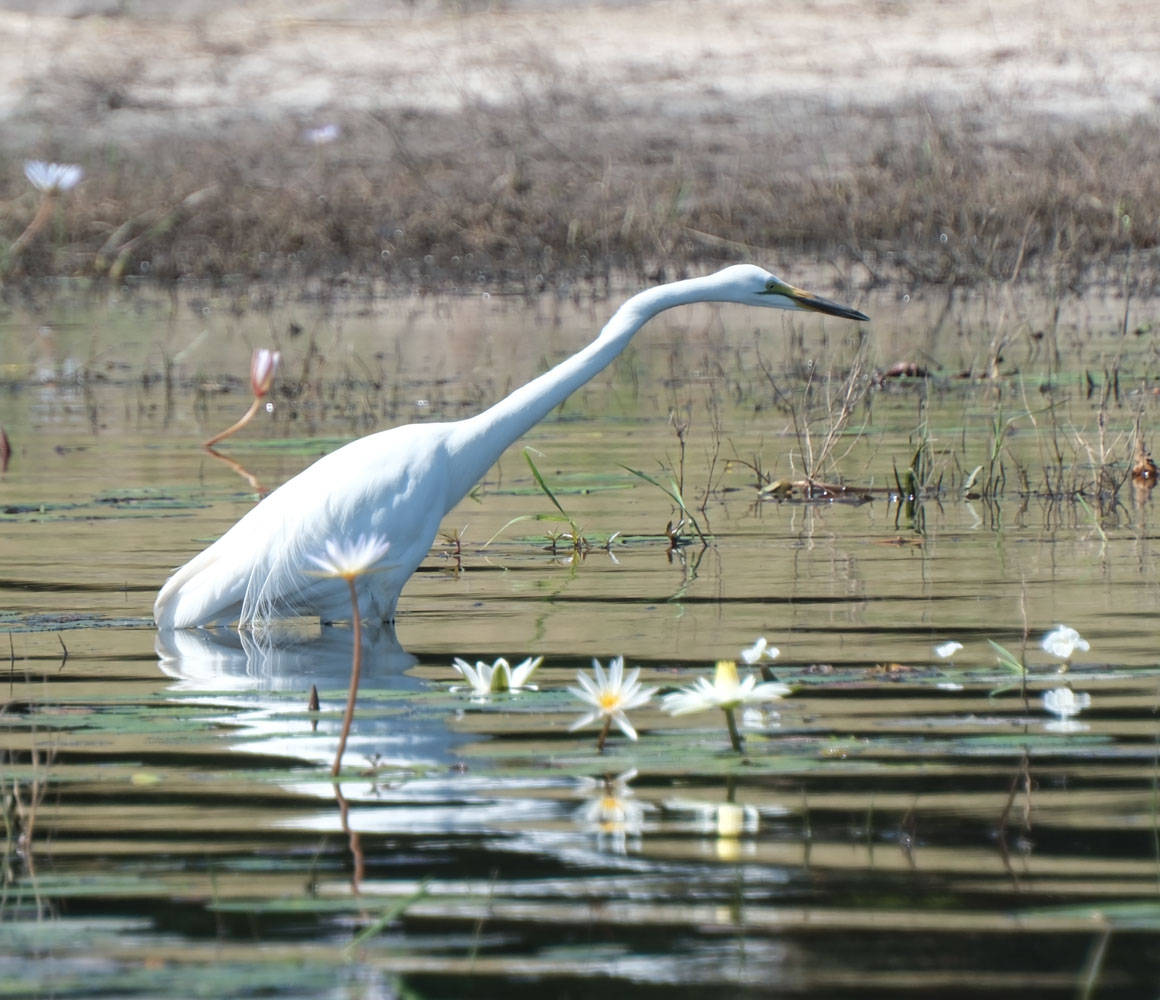
Mom, baby, and water lilies. Dad in the background???

A close-up of a water lily flower, held by our guide.
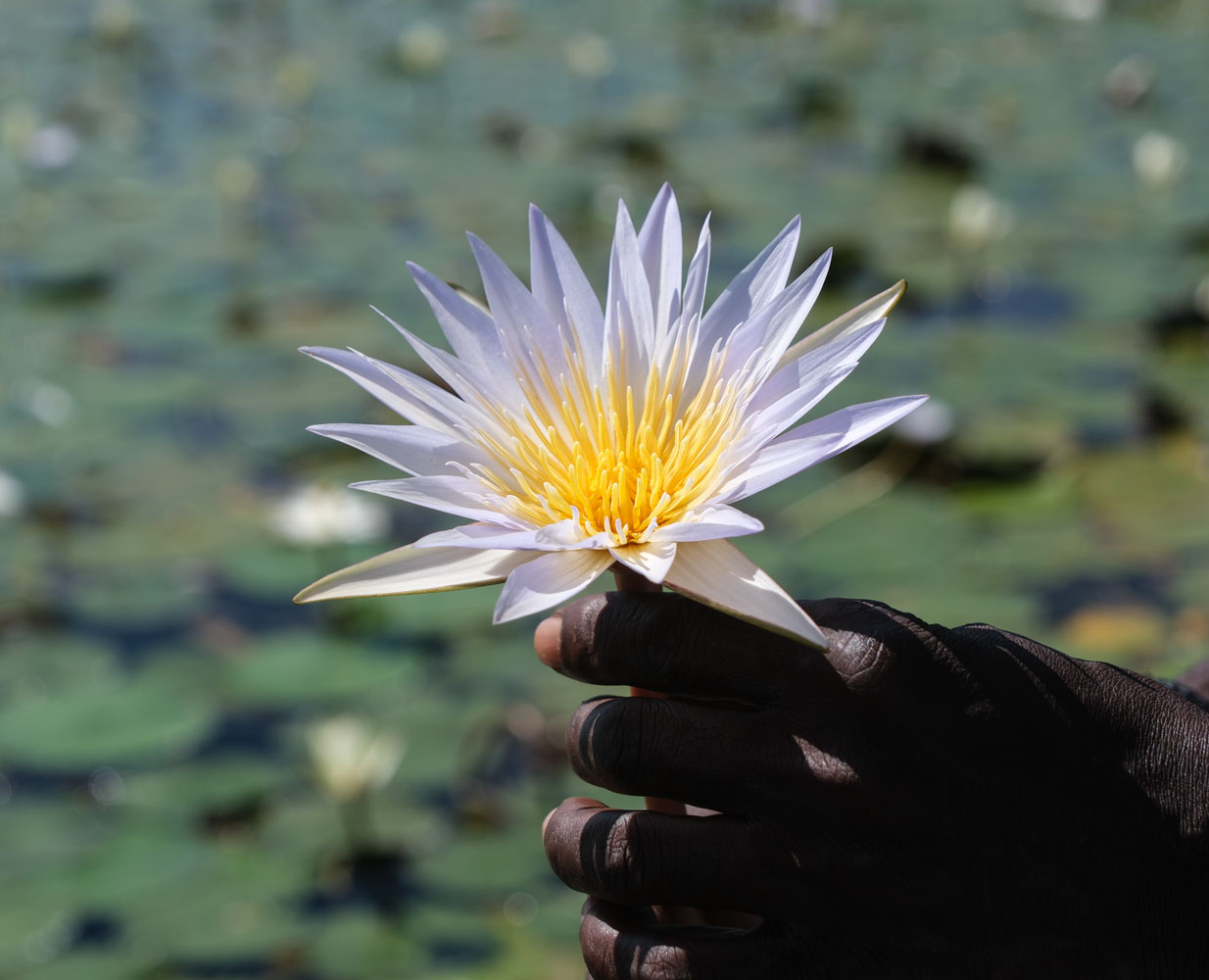
The other boat pulled up close to us and I took this picture of Mike and Isabel from Sonoma. They joined the group at the start of the boat portion of the tour.
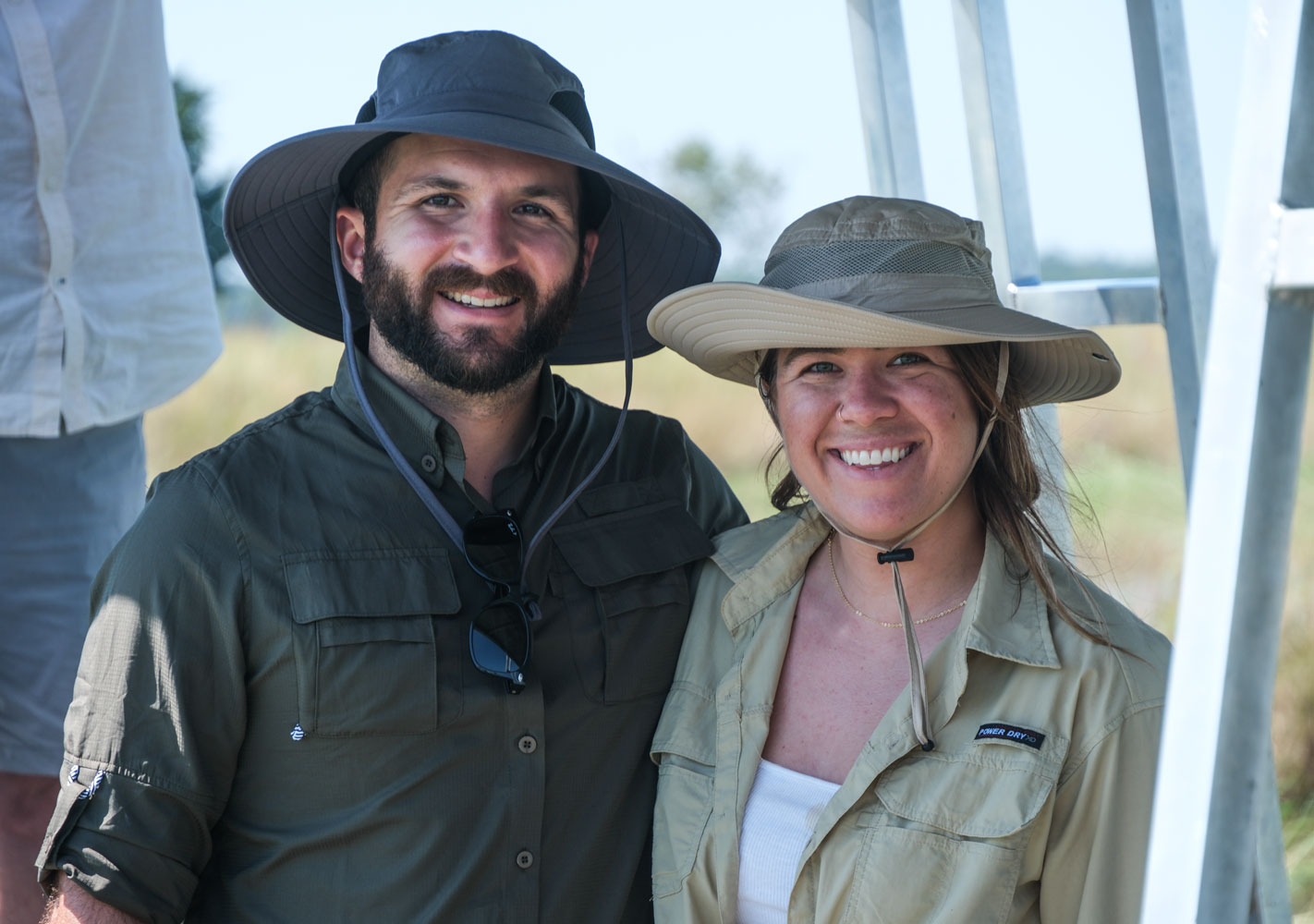
A Cape Buffalo (or African buffalo). I'll have better pictures of them later.
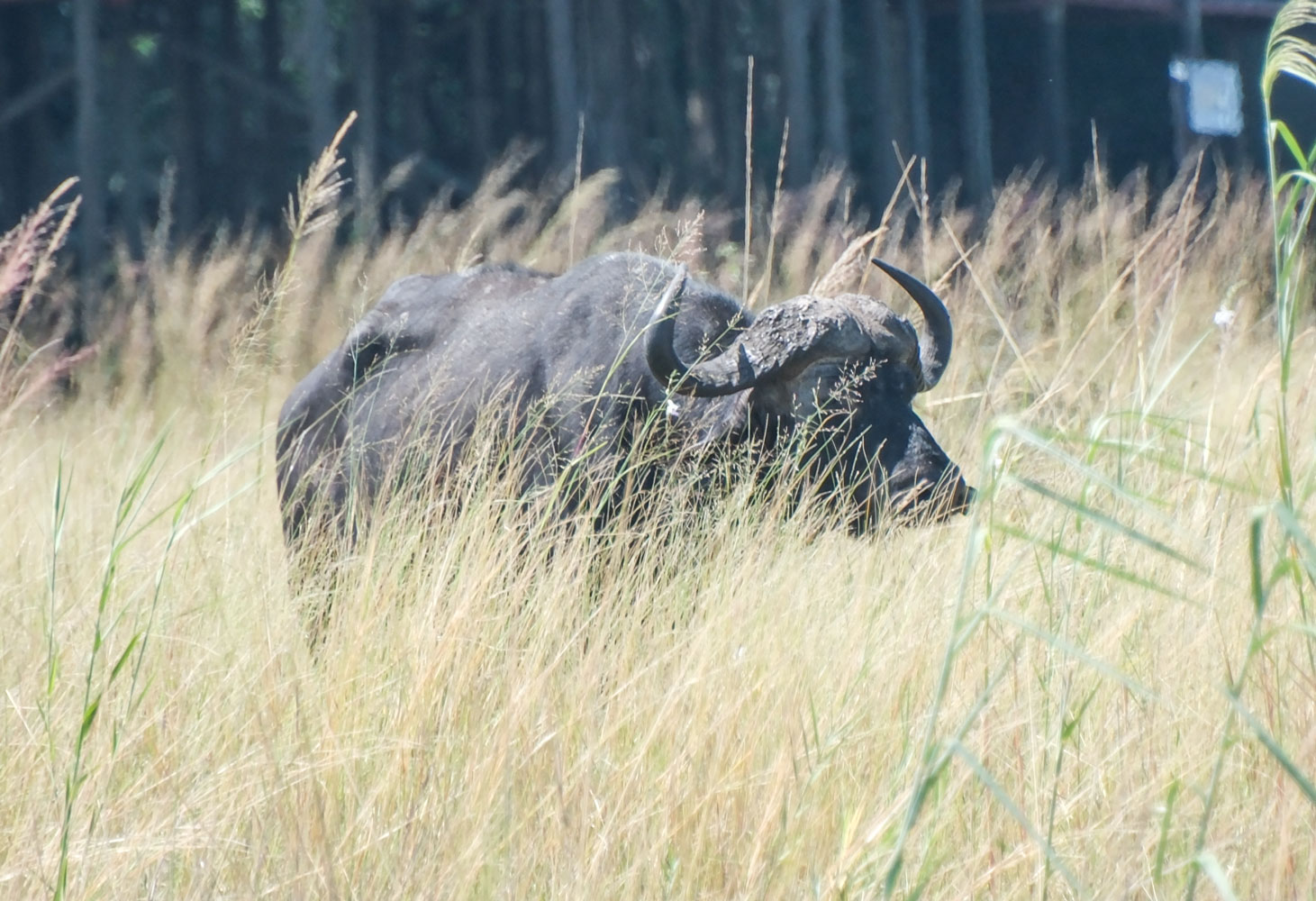
Two Indian Cormorants.

A closer view.

A Wire Tailed Swallow that landed on the rail of the boat.

Another view of the little bird.
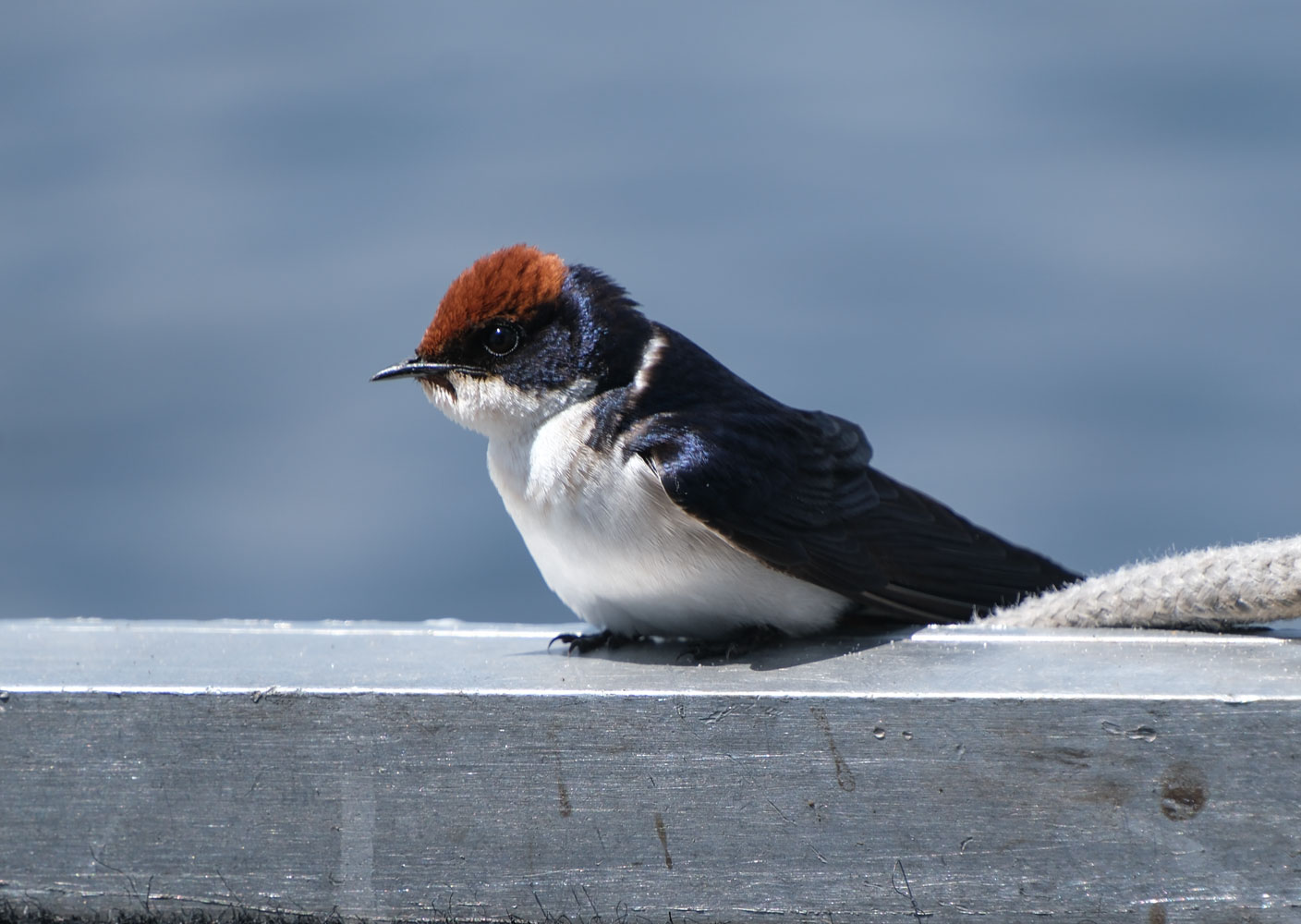

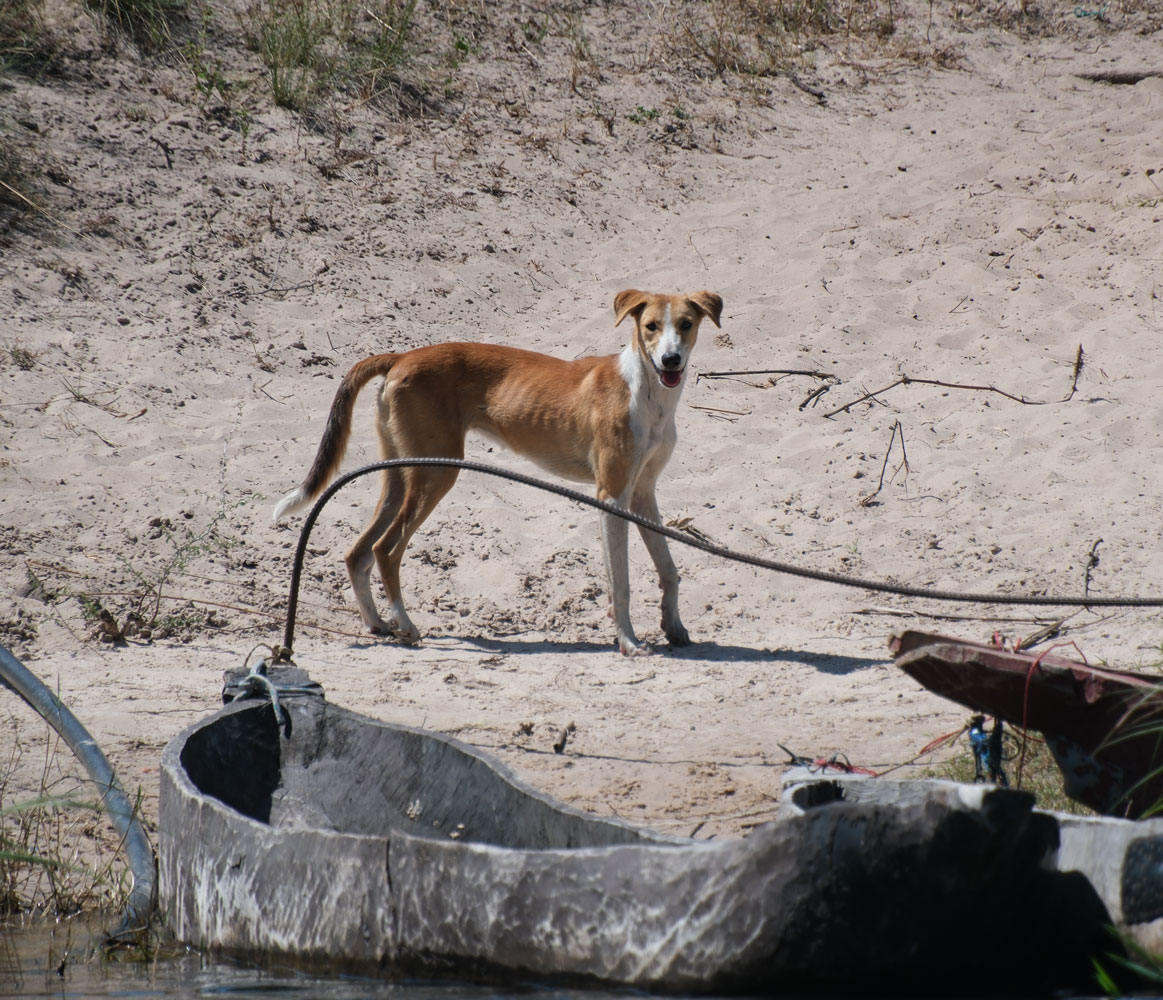
This is a termite mound. We saw many of these.

Goats grazing by a termite mound. You can see how large the mounds get.

A few warthogs.
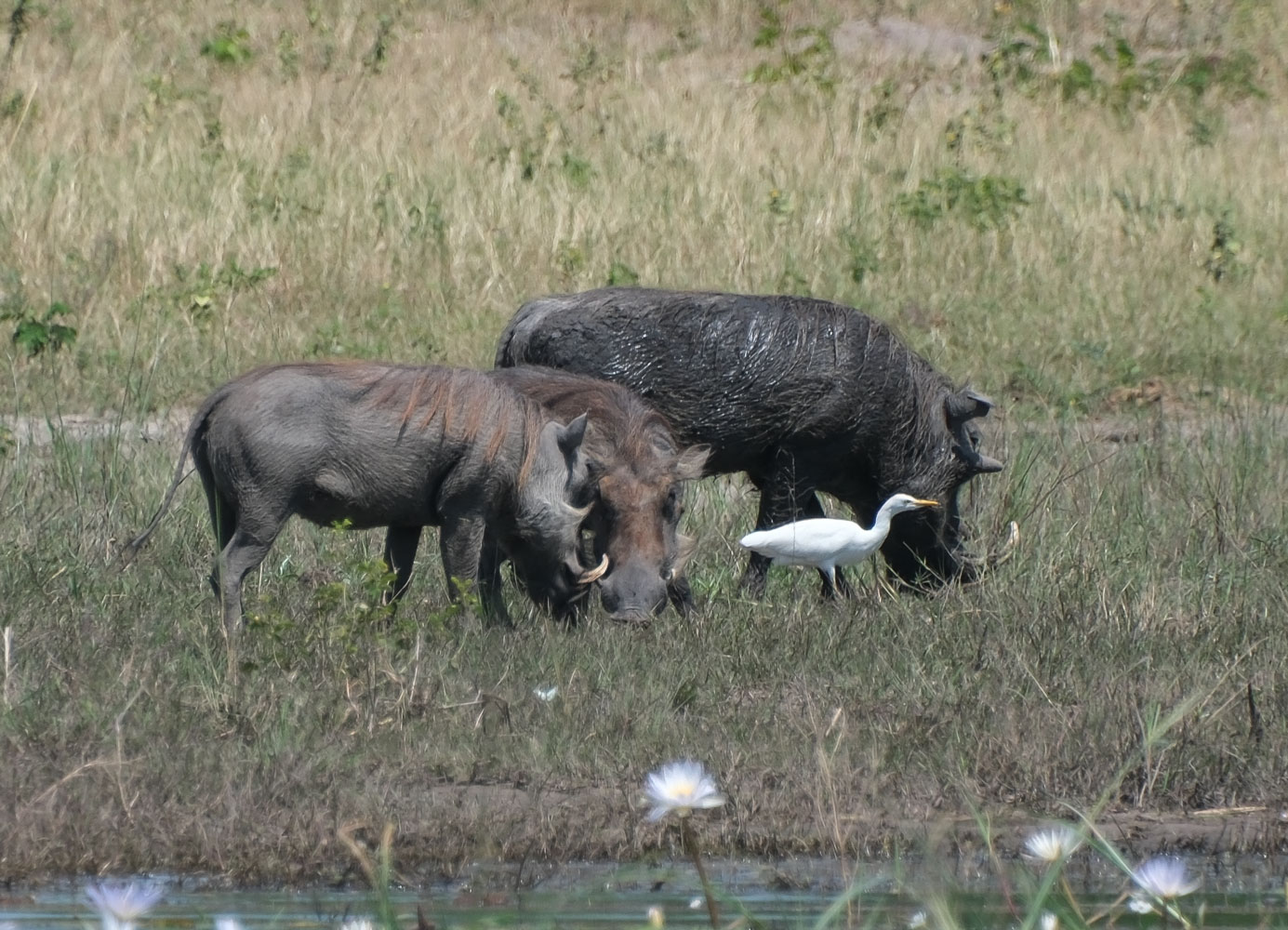
A mom and two offspring.
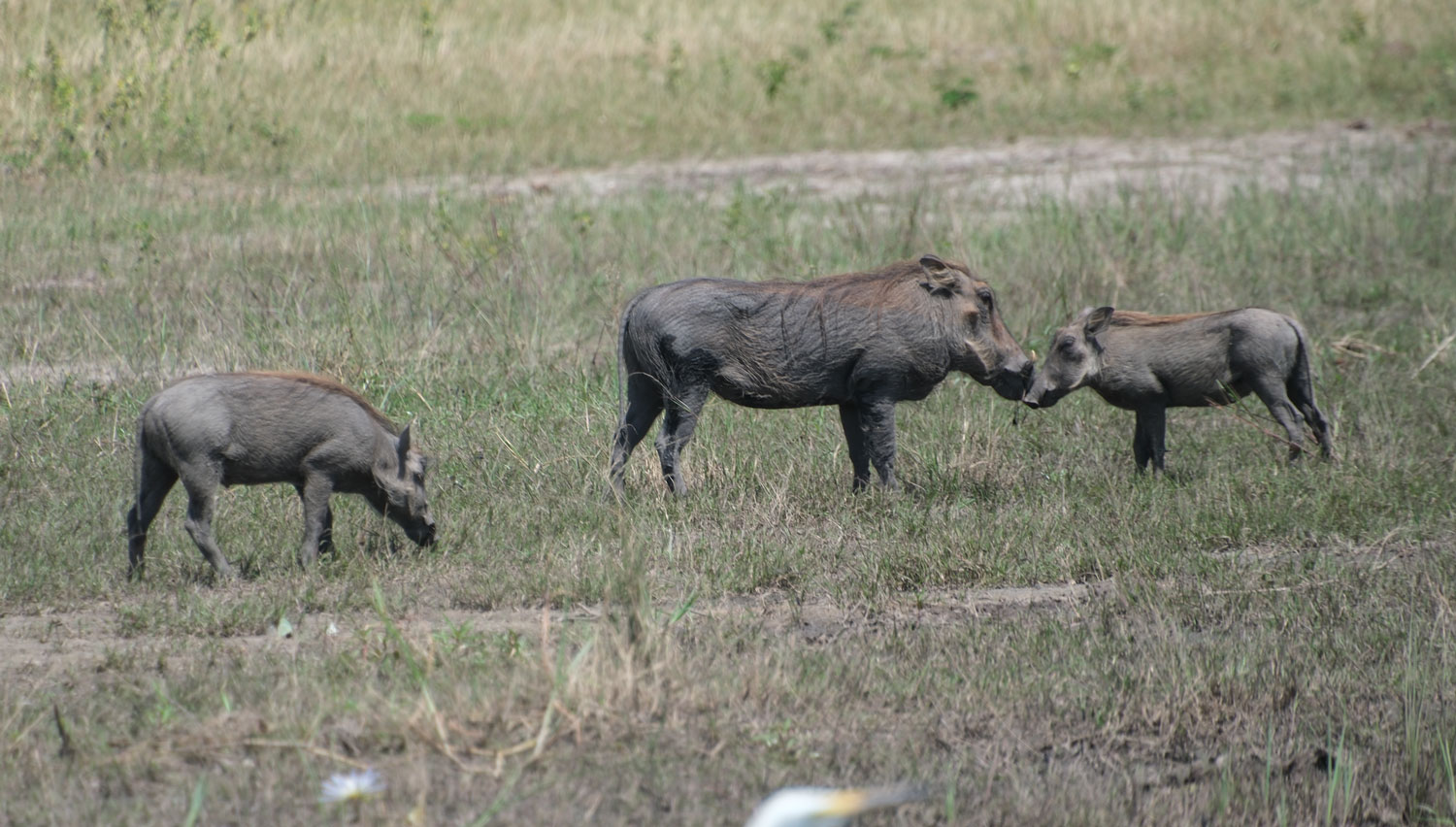
Two African Fish Eagles in a tree.
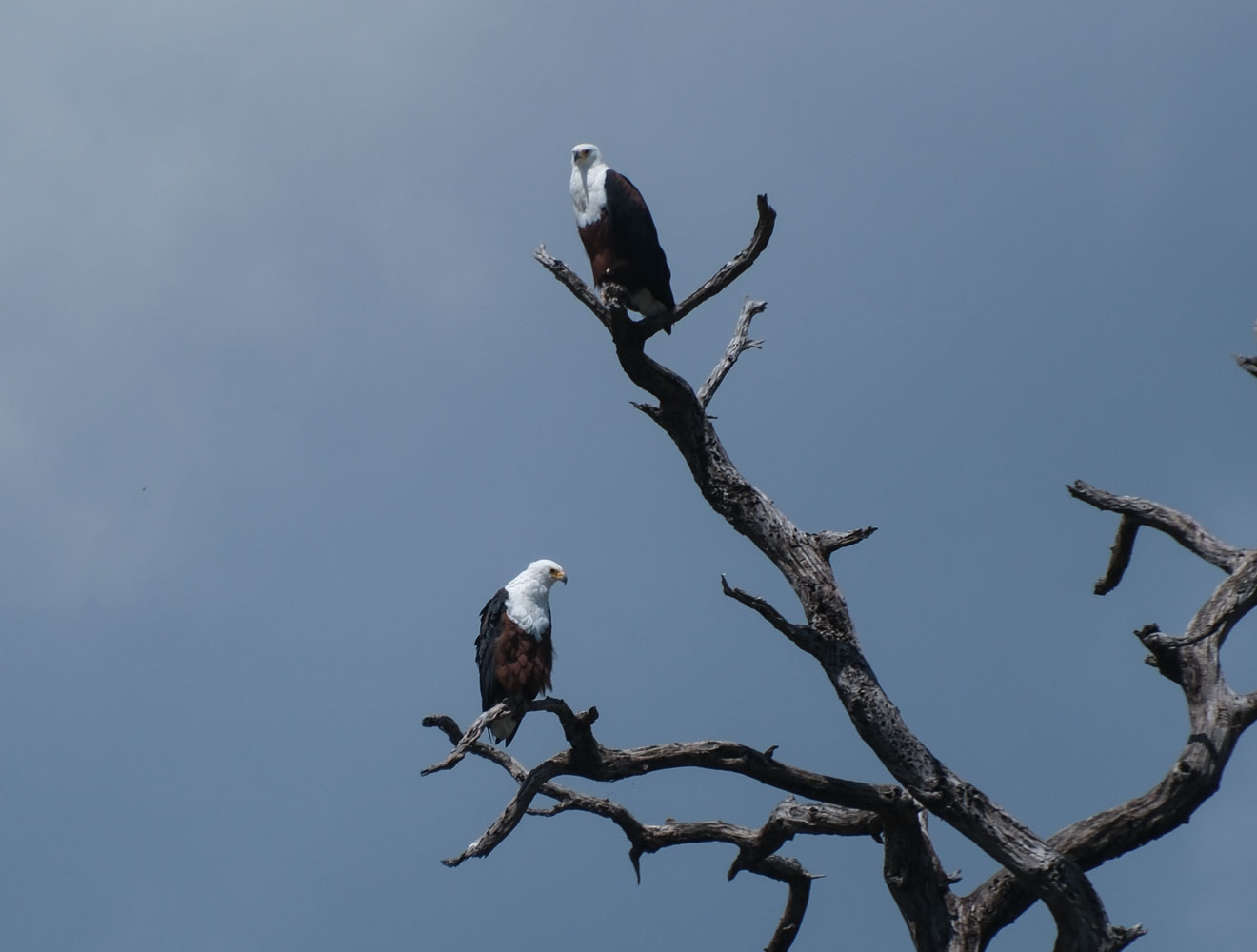
An Eastern Great Egret feeding in the water. Note the loose feather on it's wing.

Impalas on the shoreline. They are definitely not endangered - we saw very large herds of them.
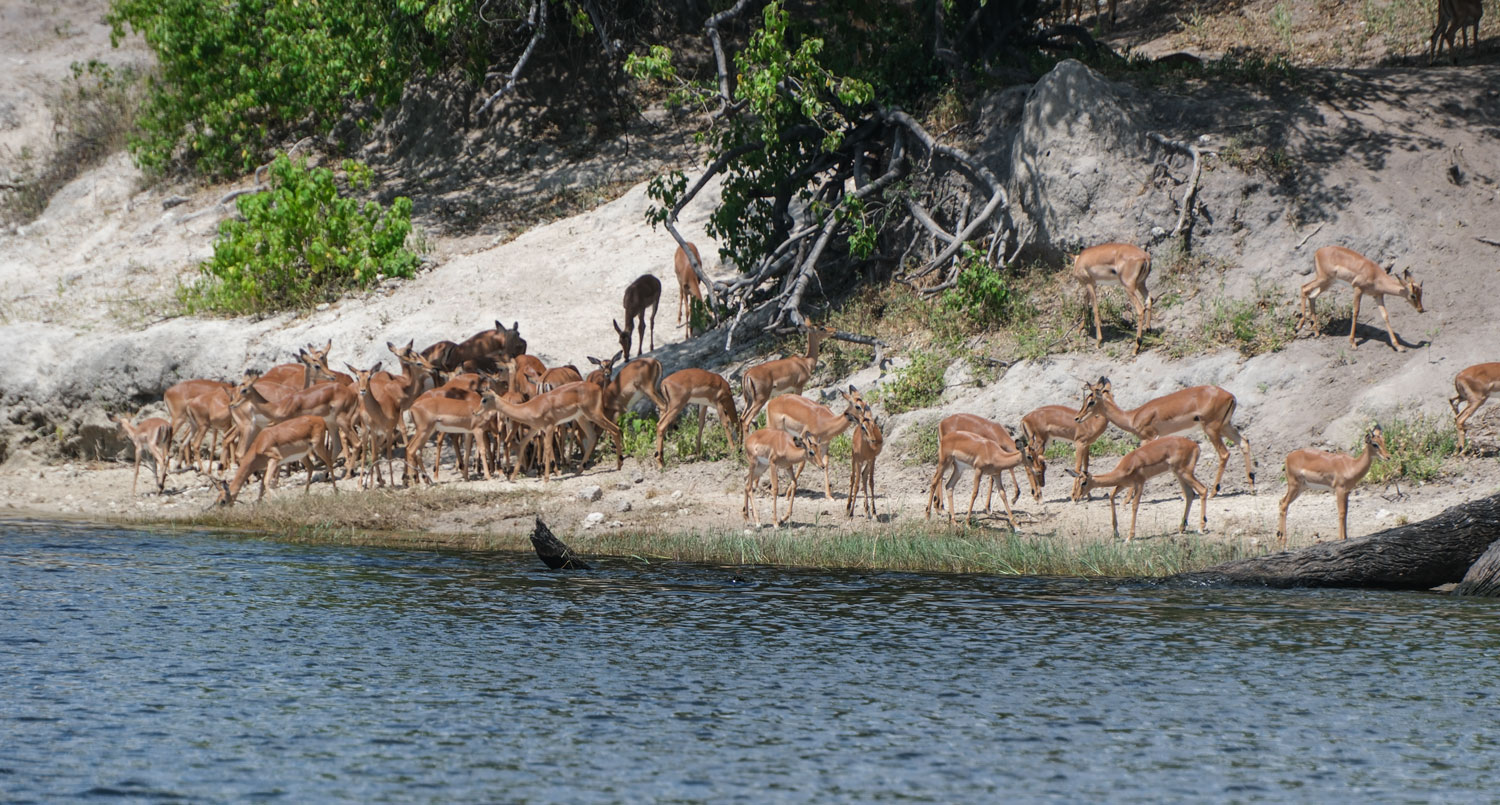
A closer view of some of them at the water. They appear to be in excellent condition - their ribs are not showing and their coats are smooth and shiny. Note the black strips on their rump. They also hold their tails in, between their legs.
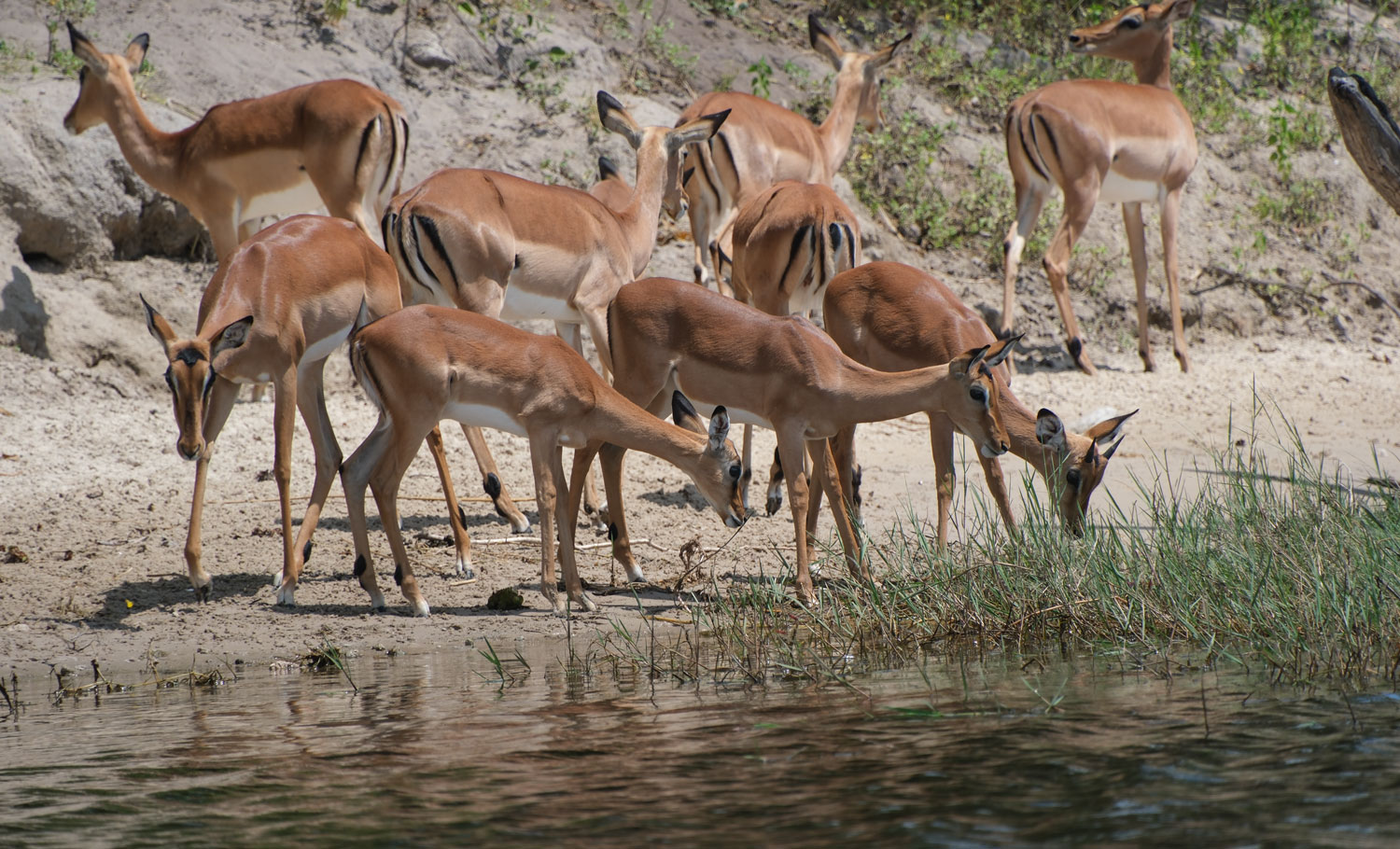
Portrait of an impala. What eyelashes!

A male impala

An elephant family.

Portrait of a mother elephant.
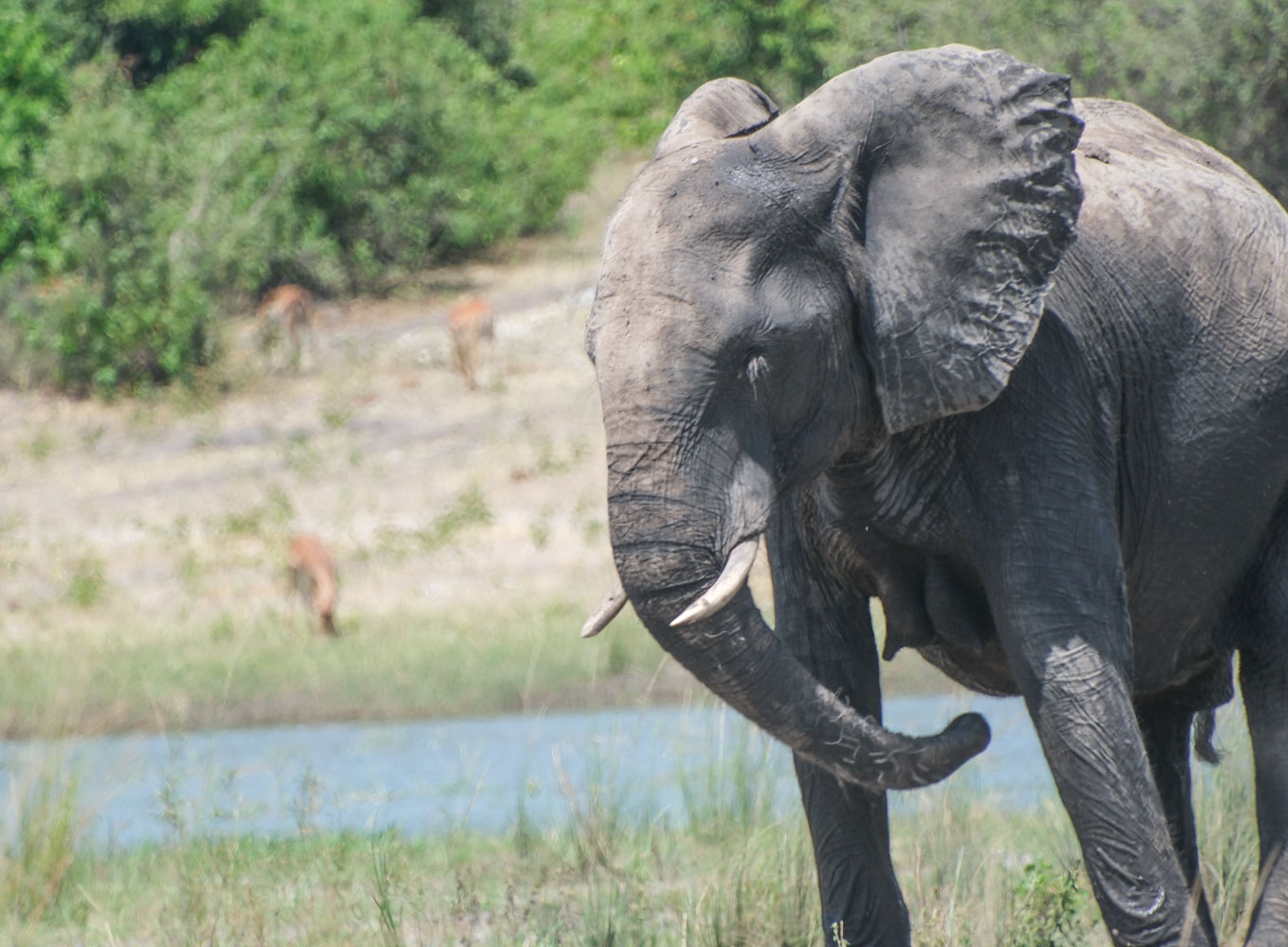
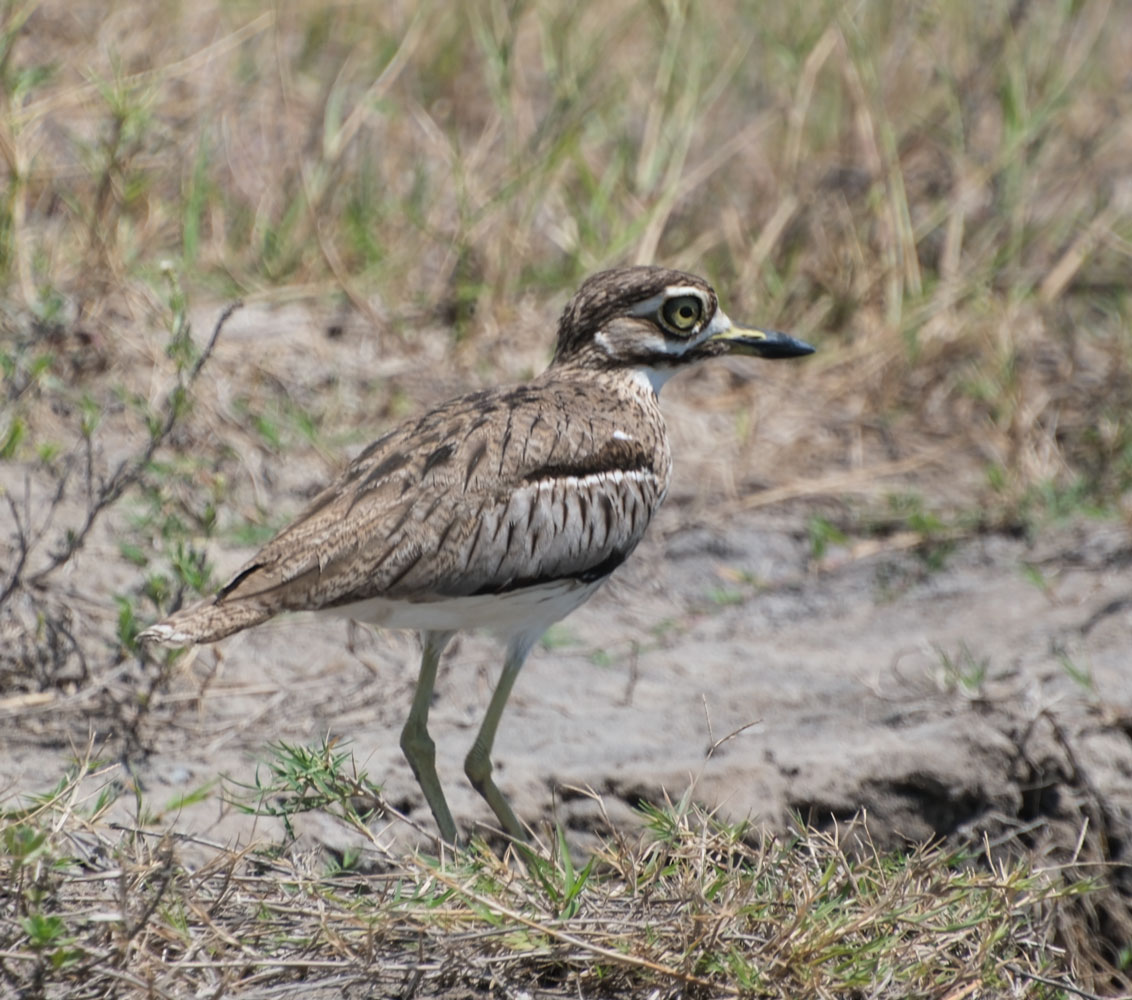
That was the end of our morning boat safari. We have another one in the afternoon, but this page is getting too long. You'll have to wait for the next installment to see the animals from that safari.